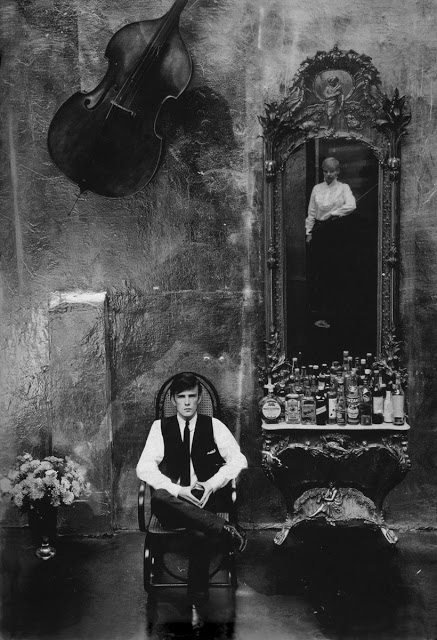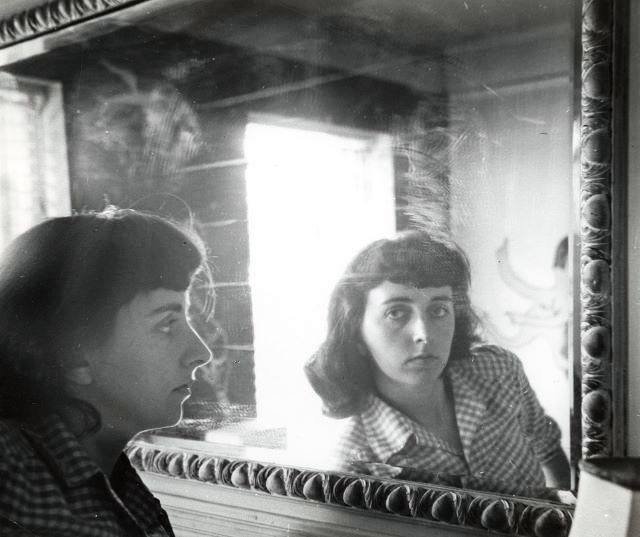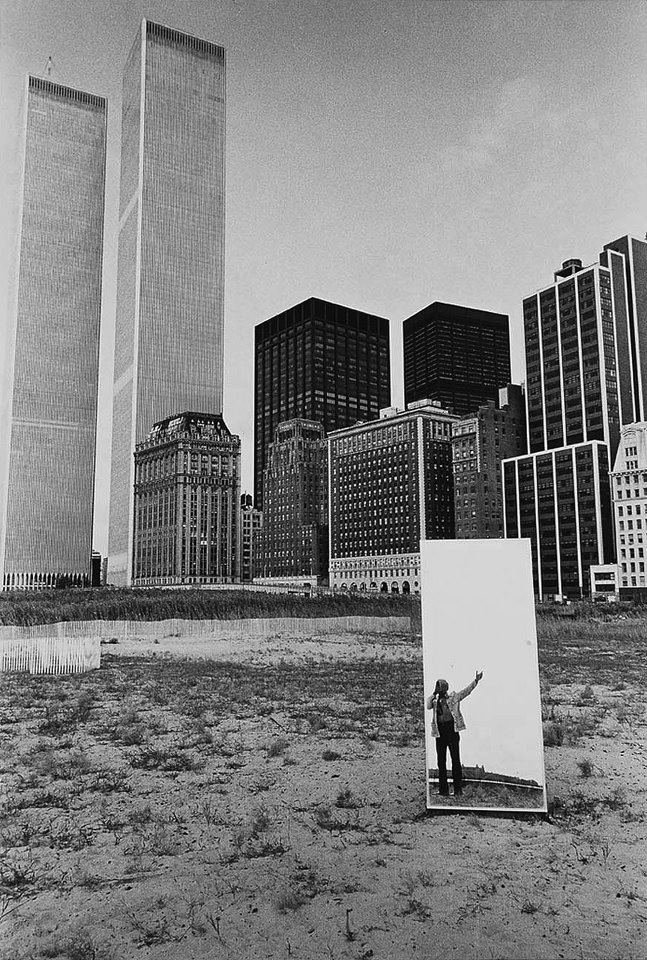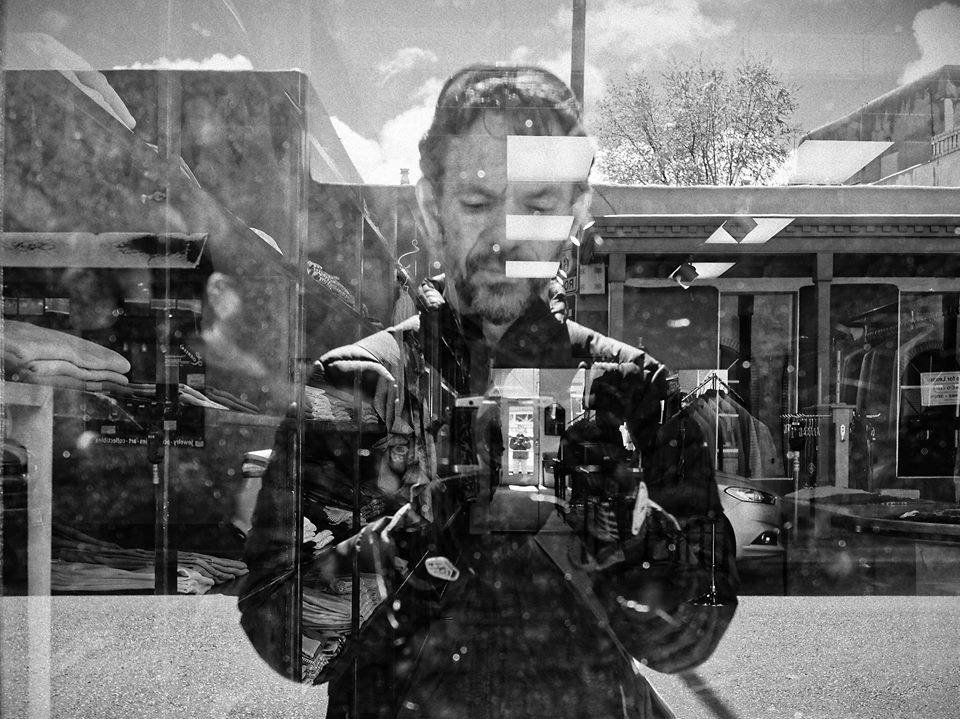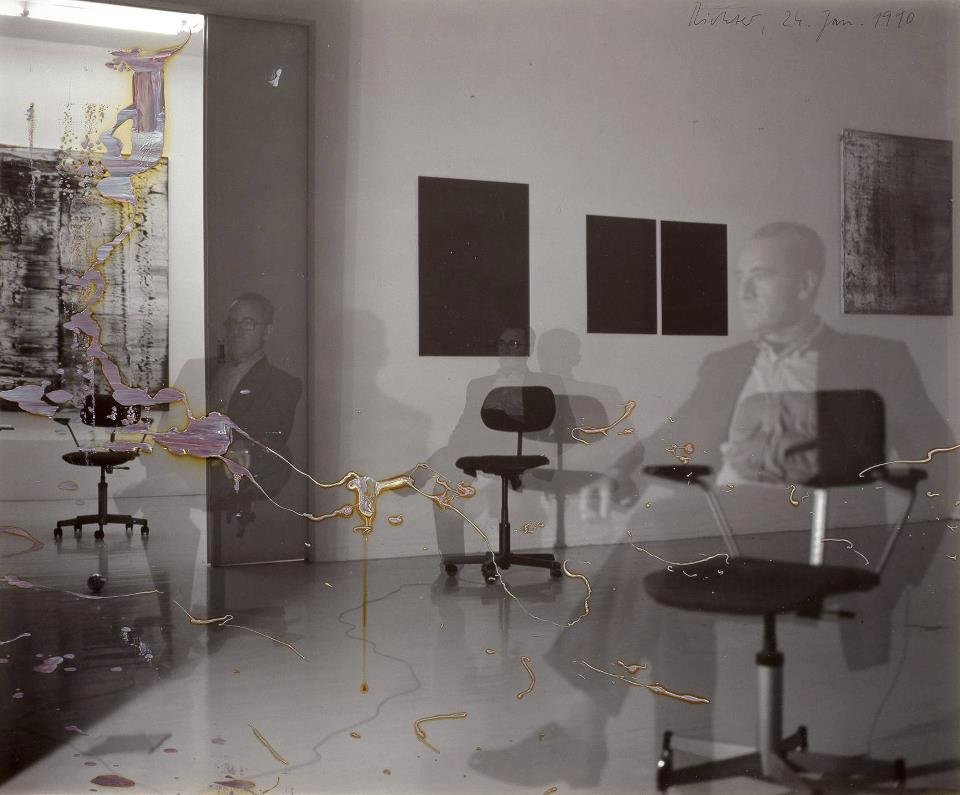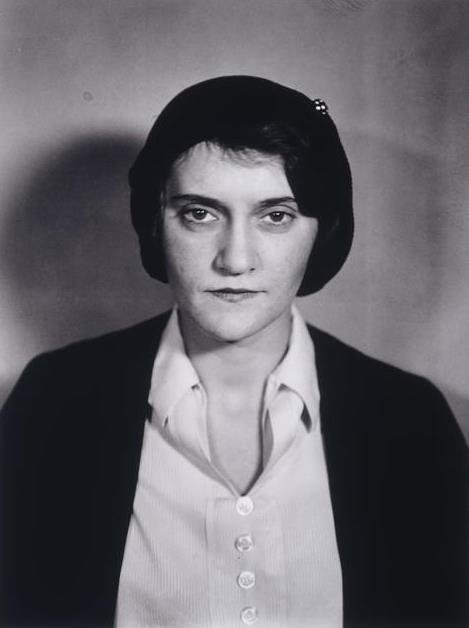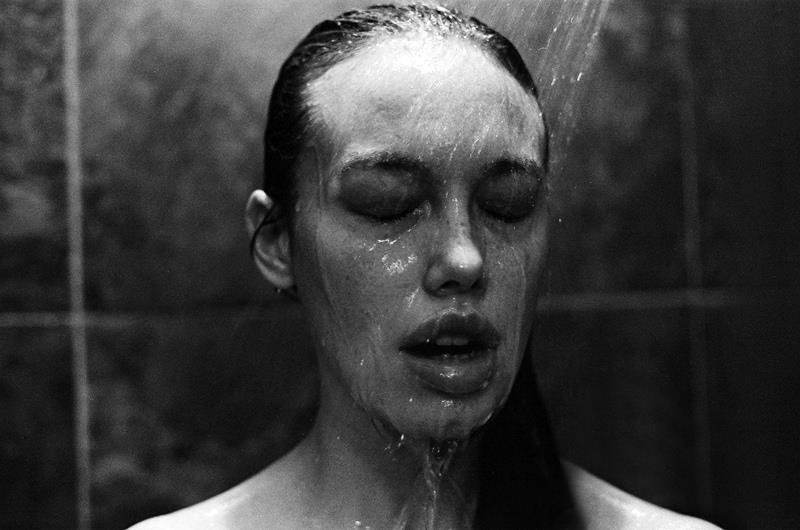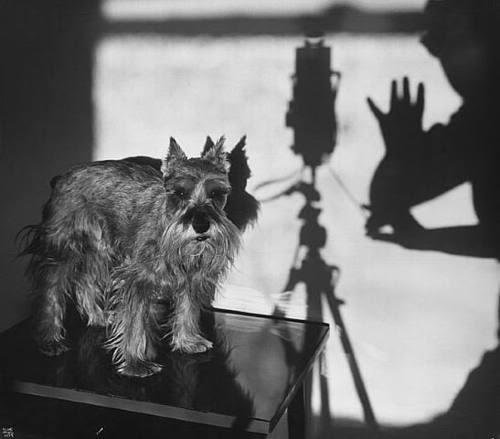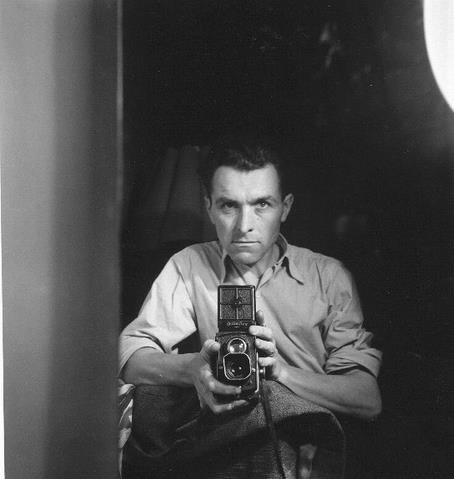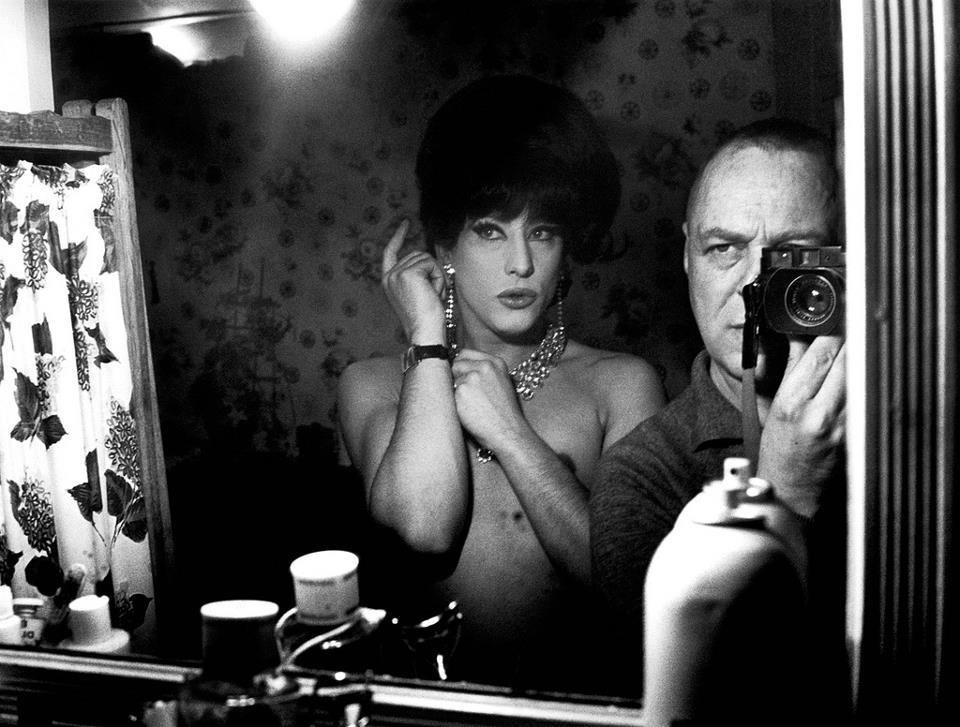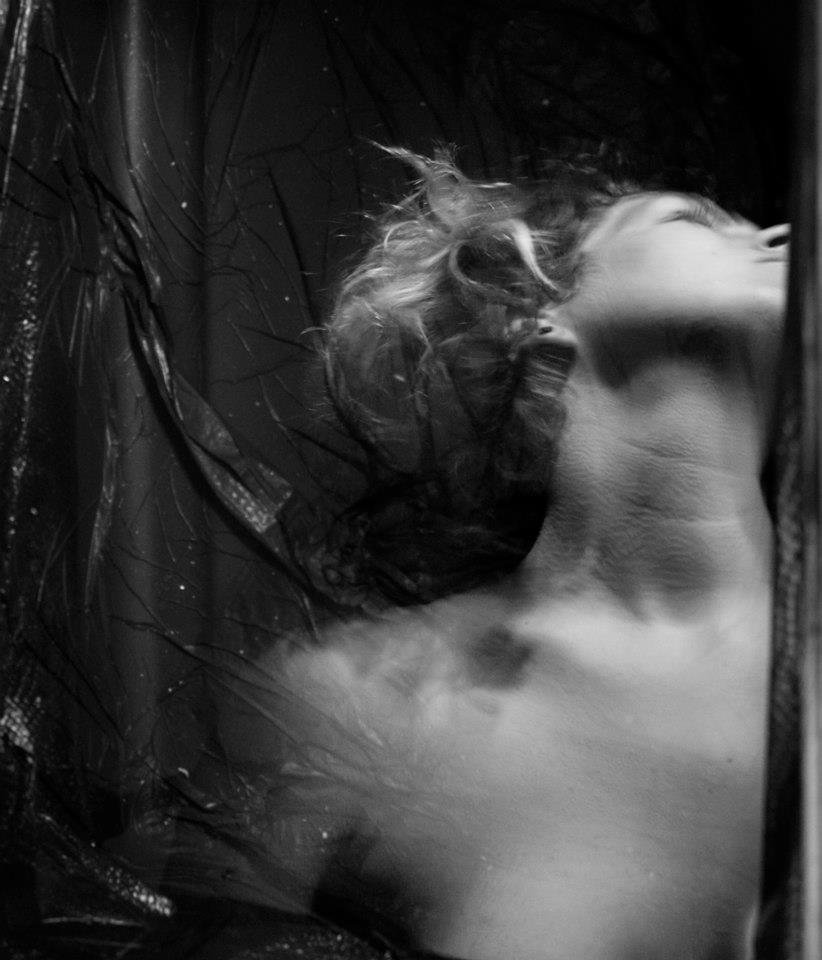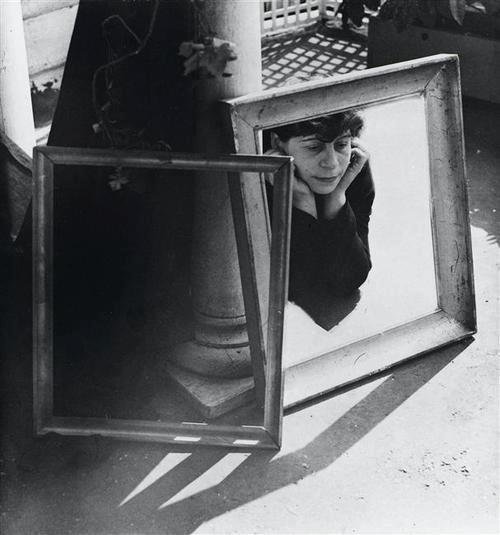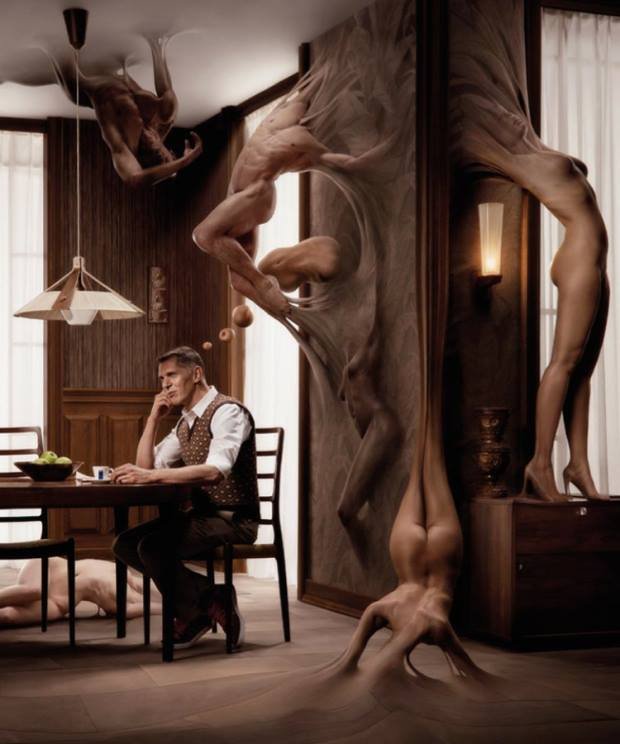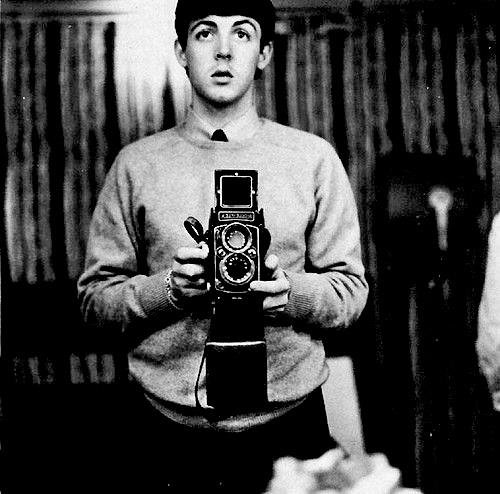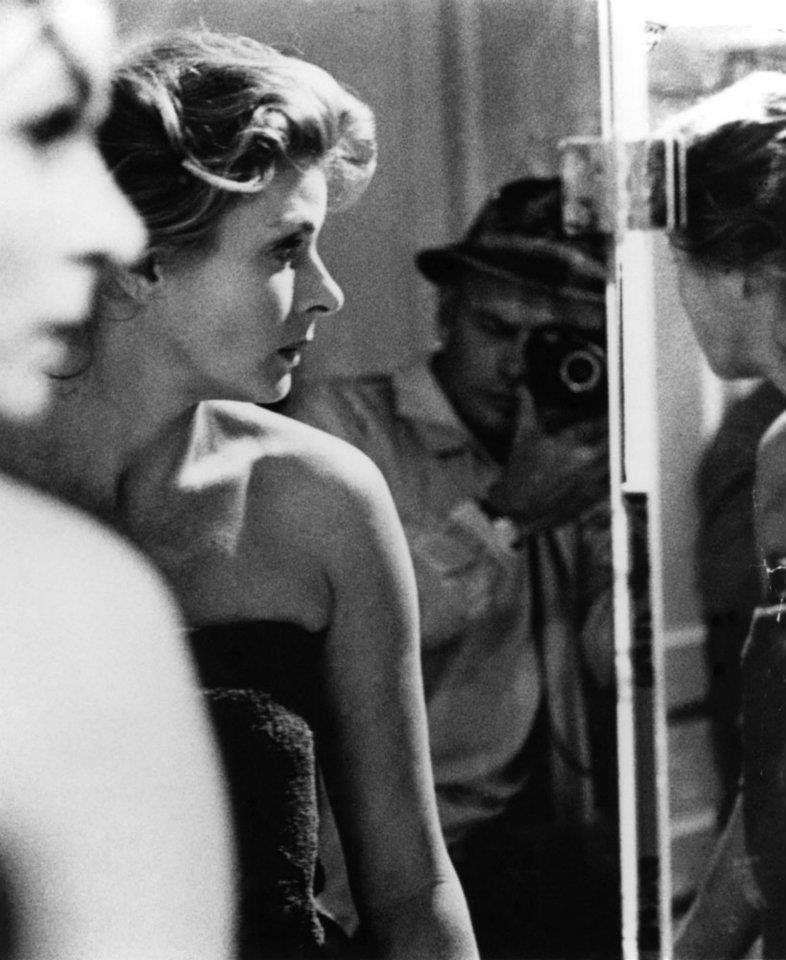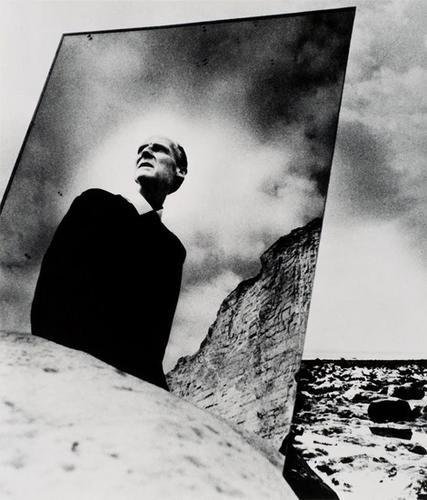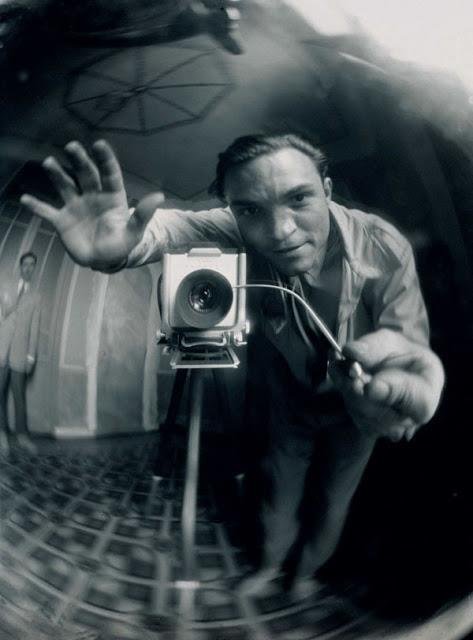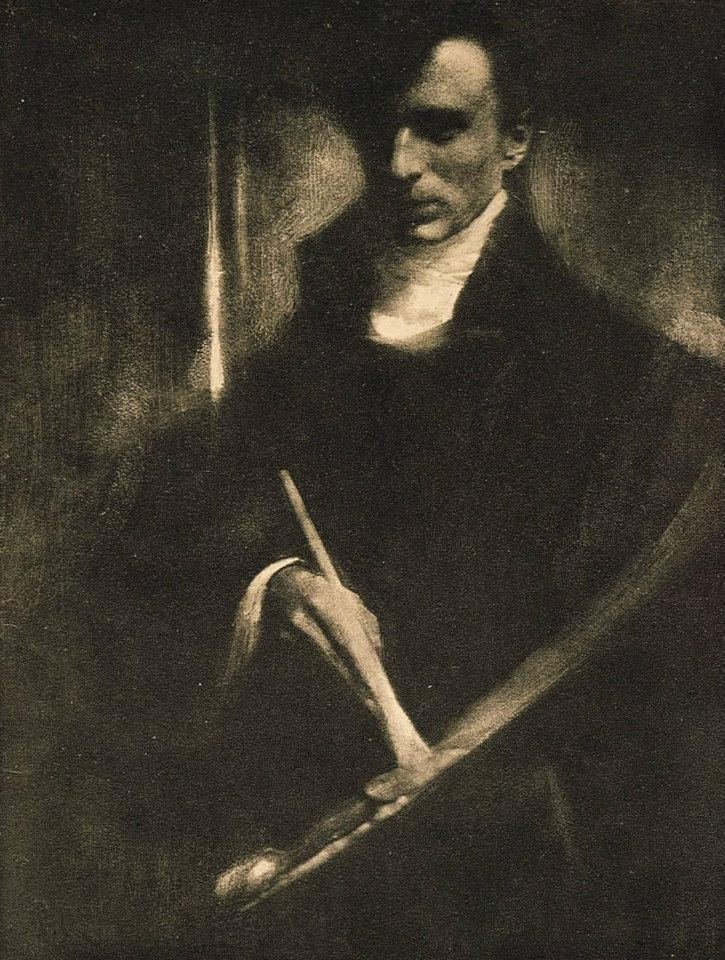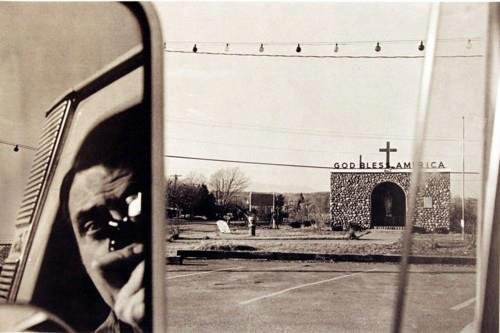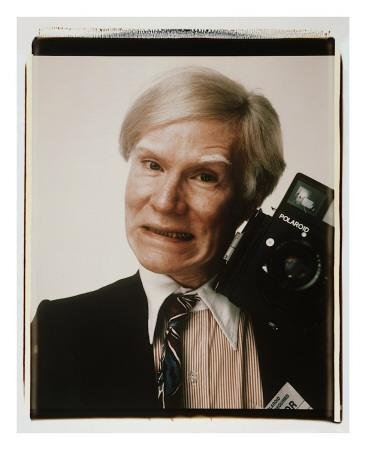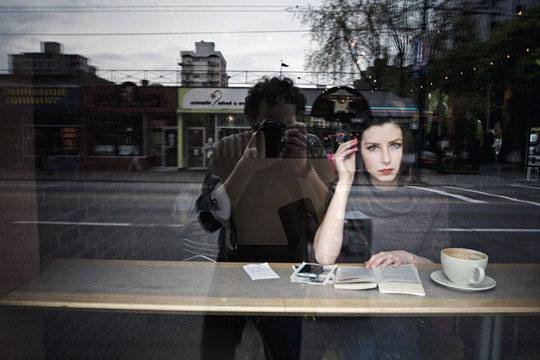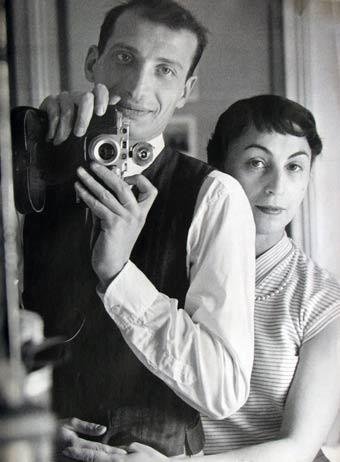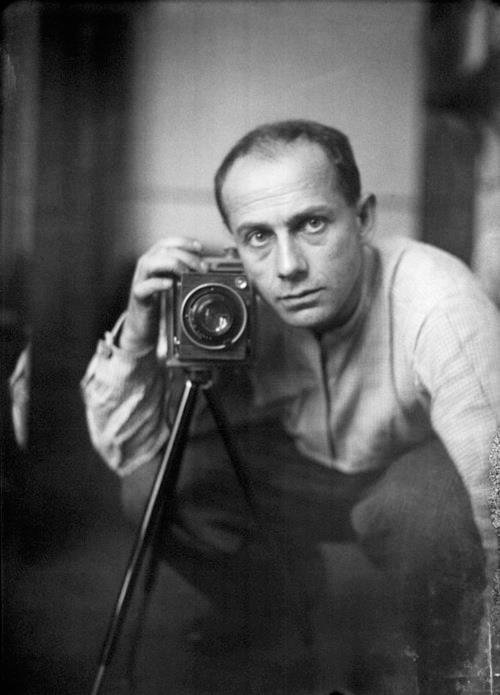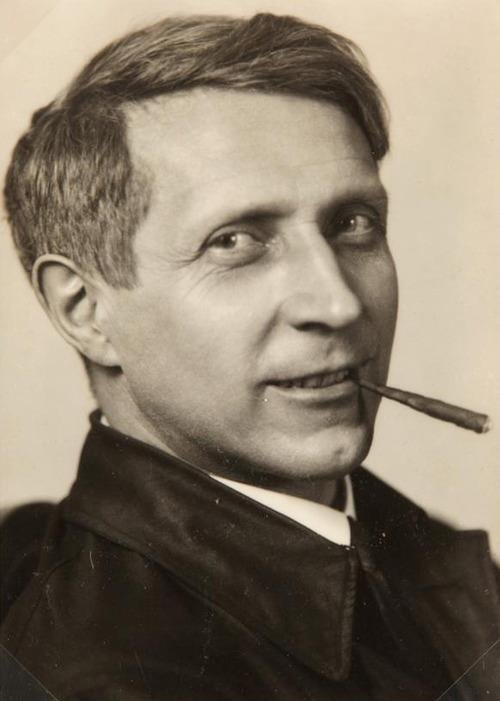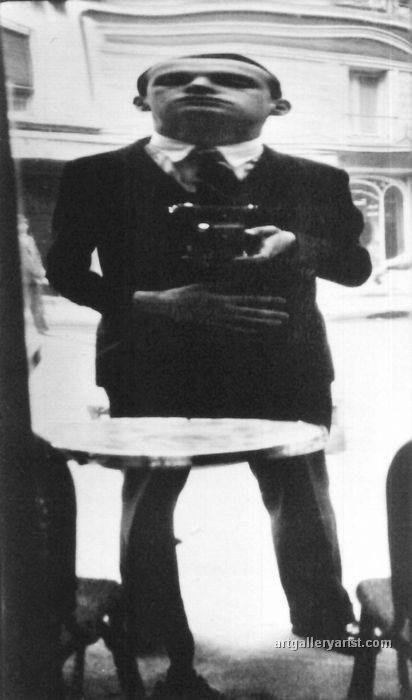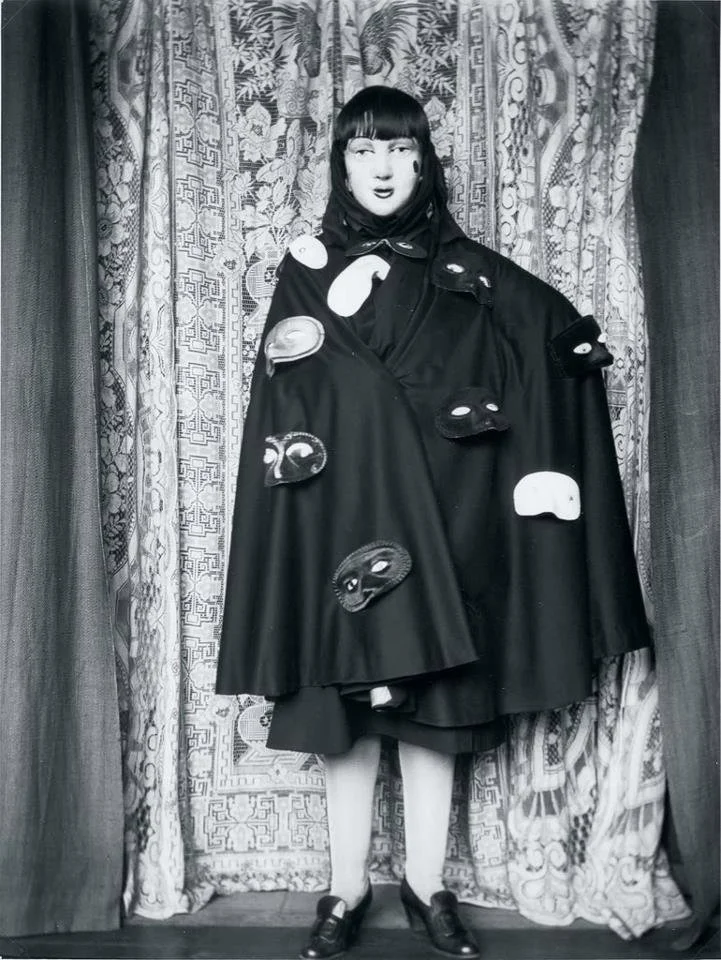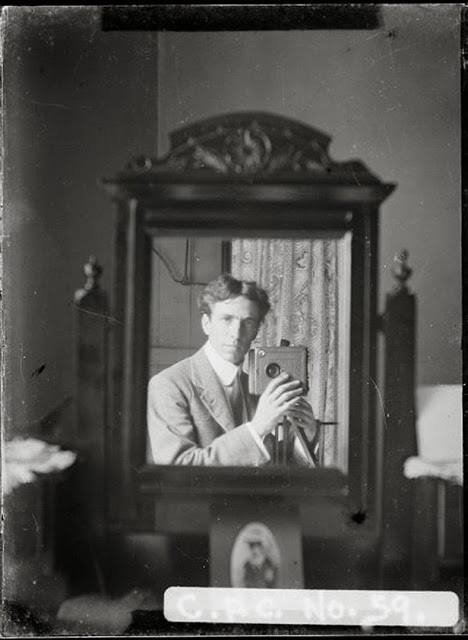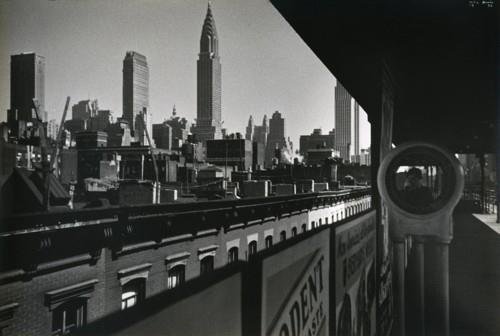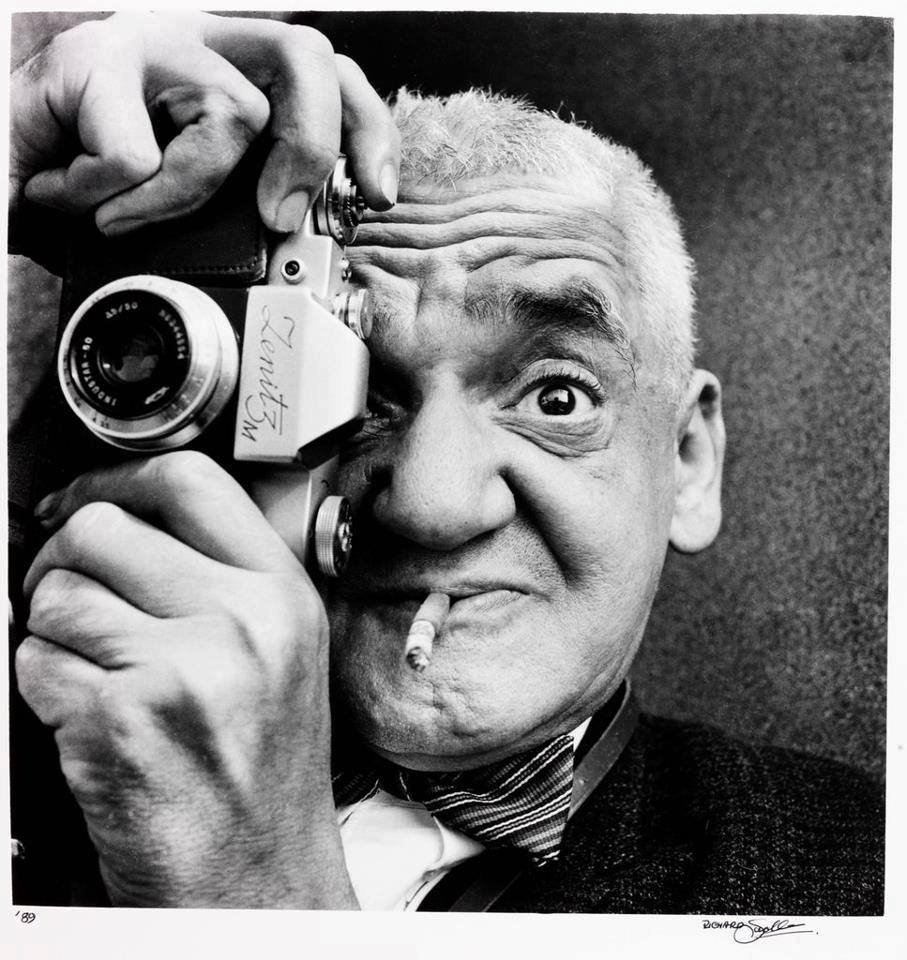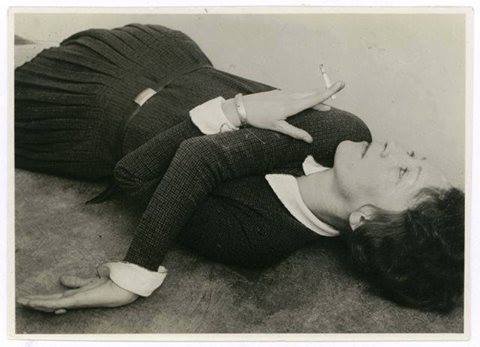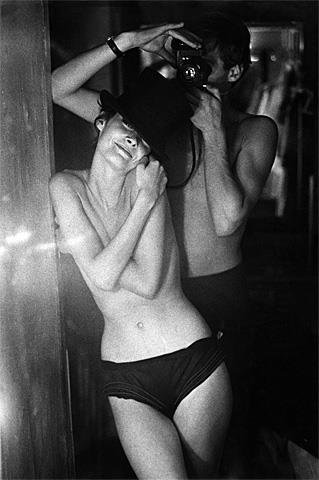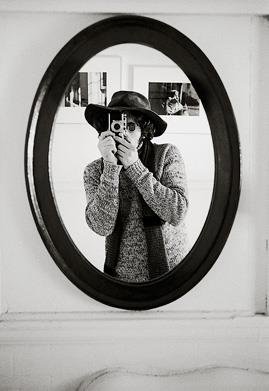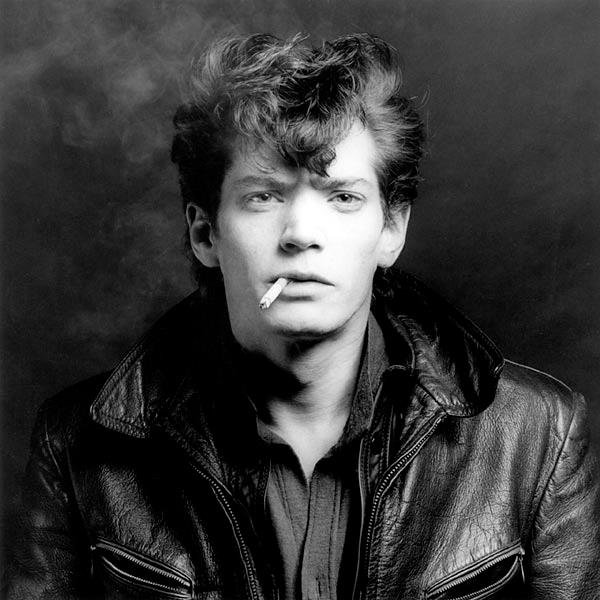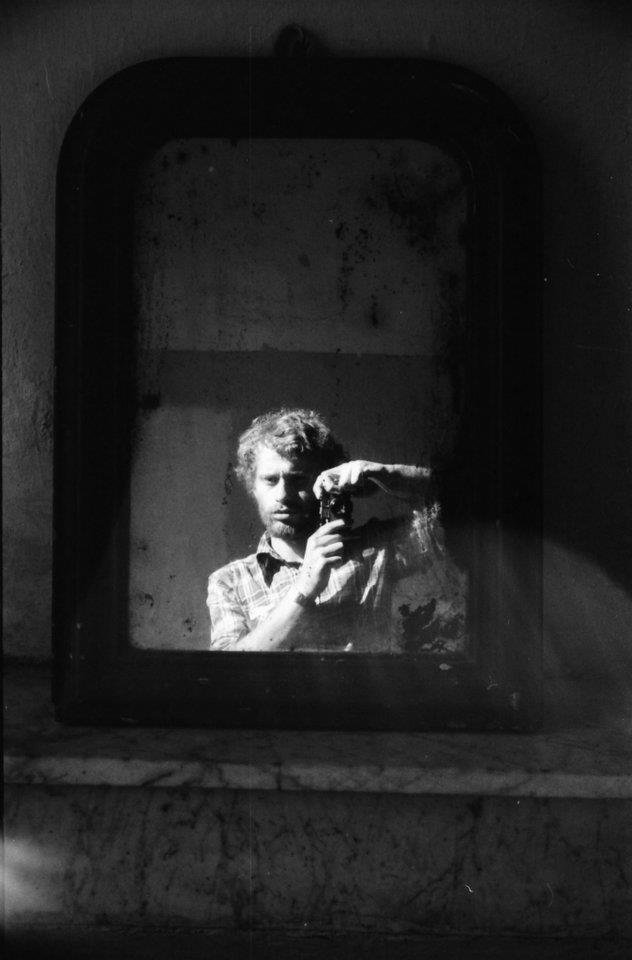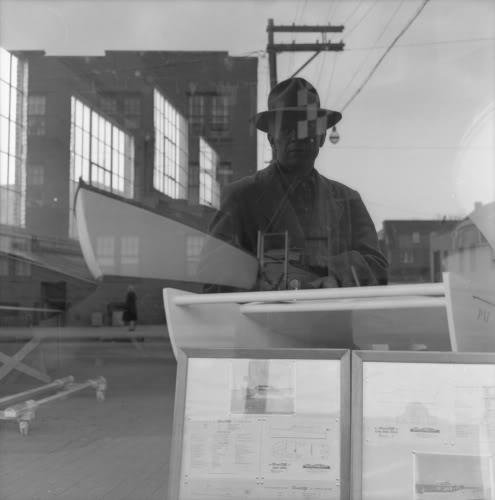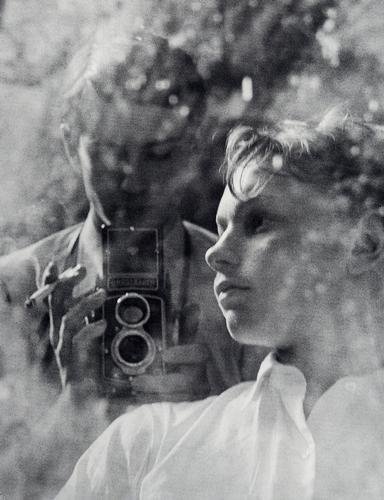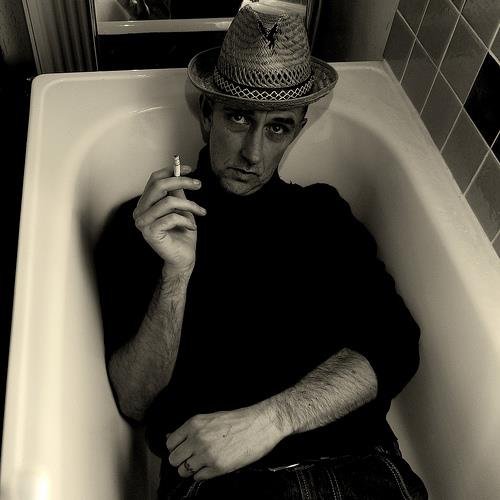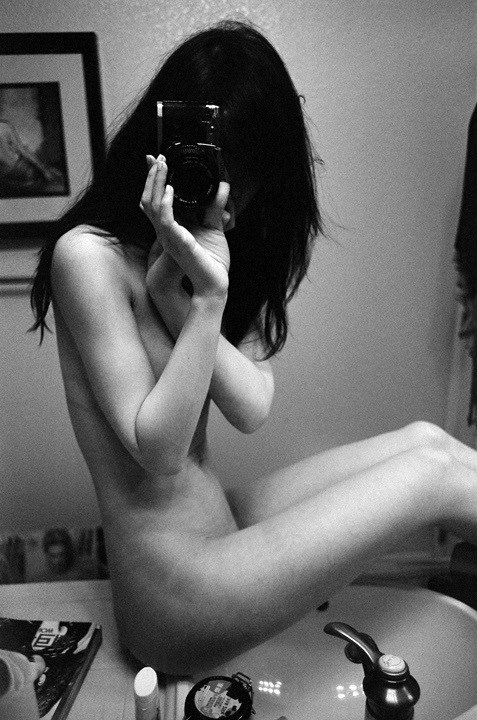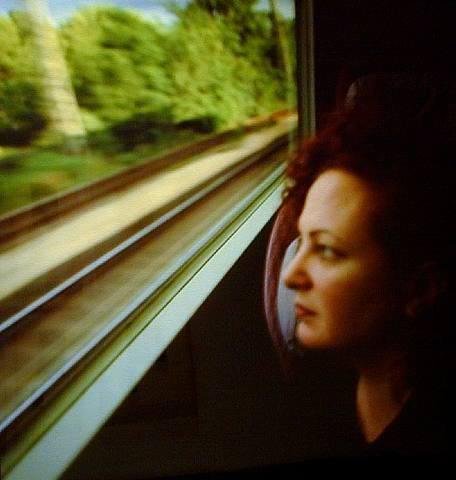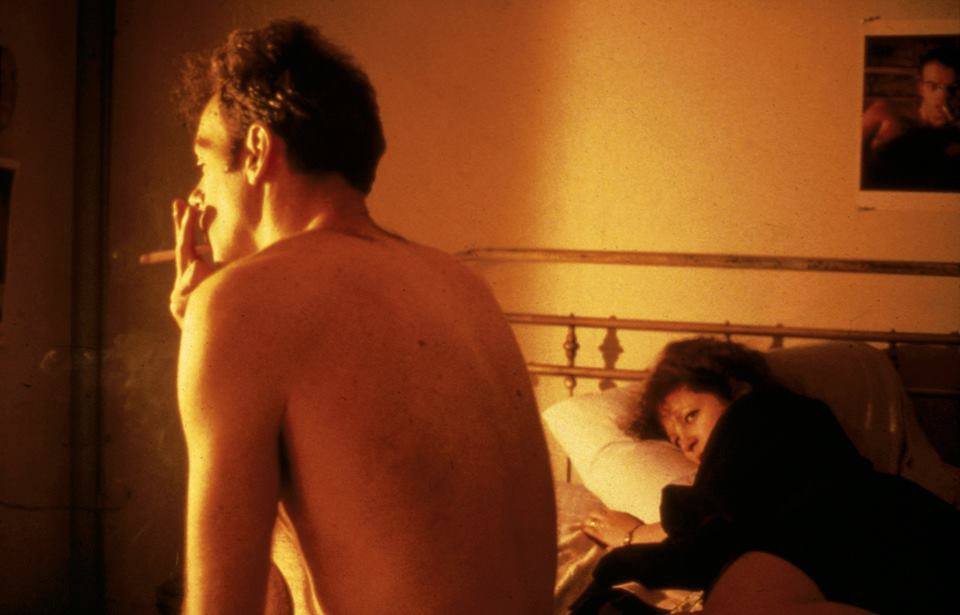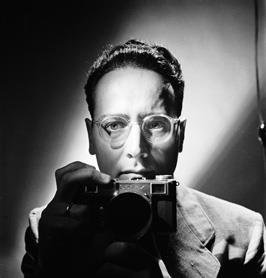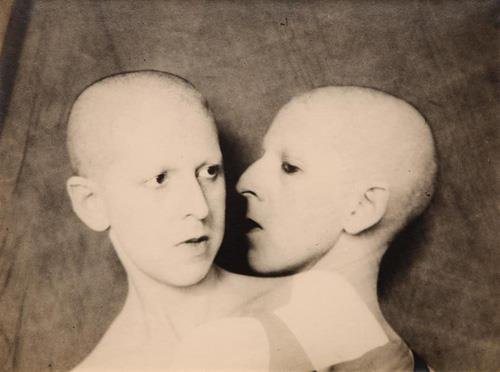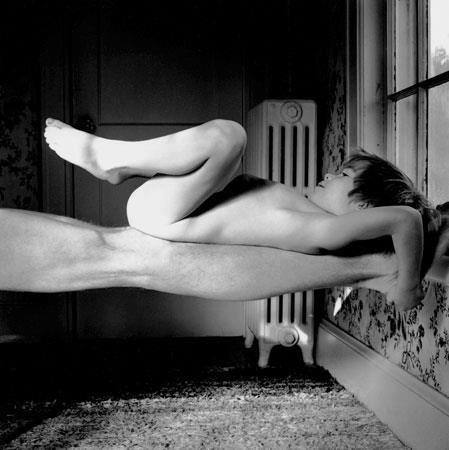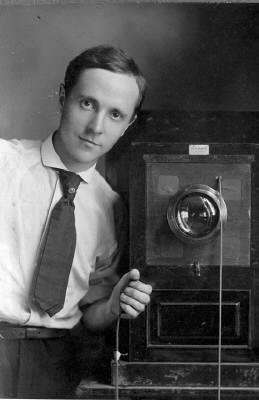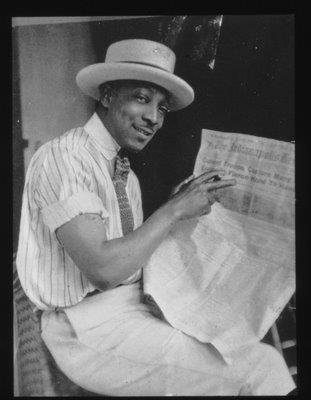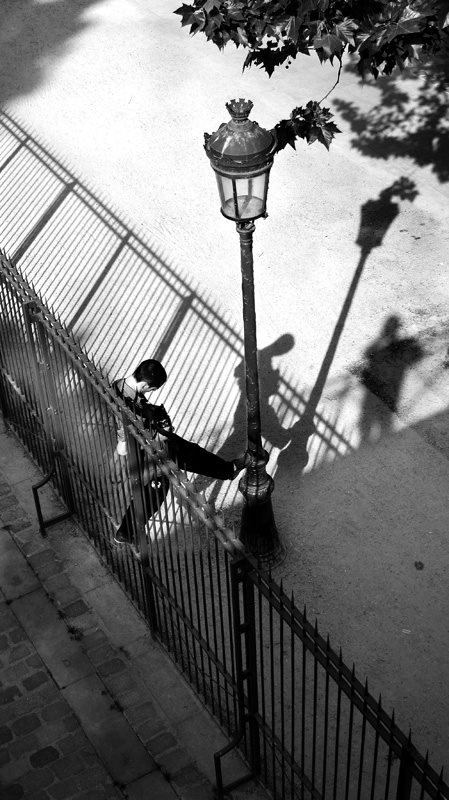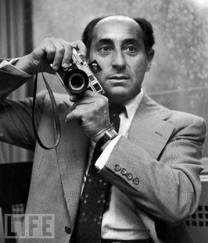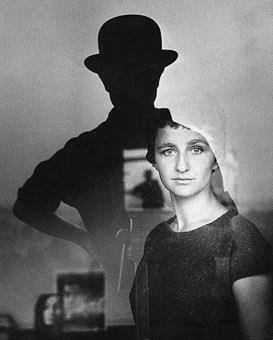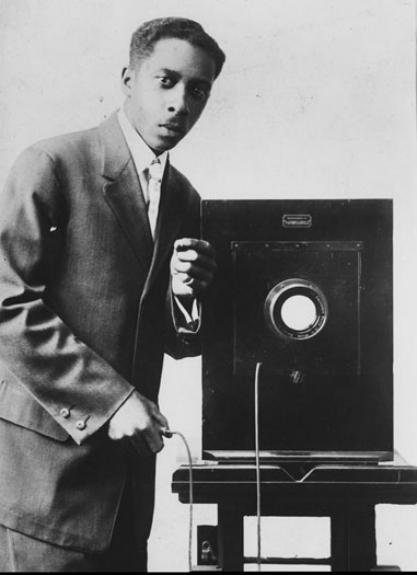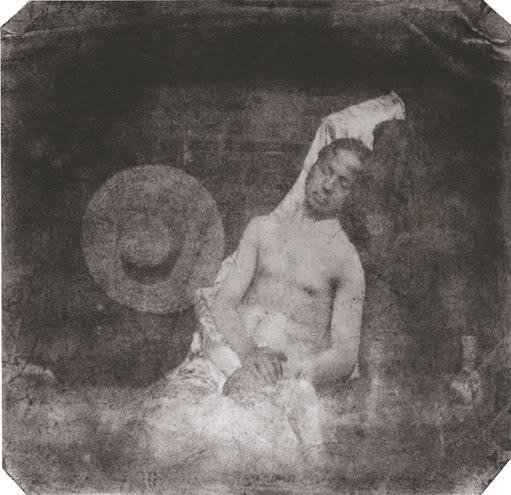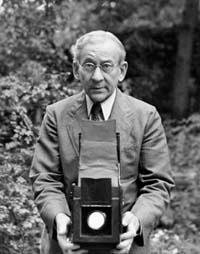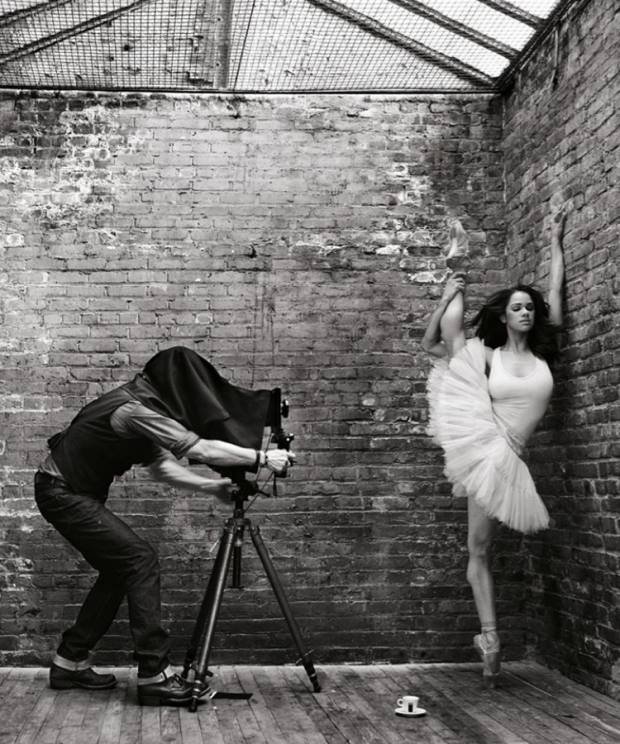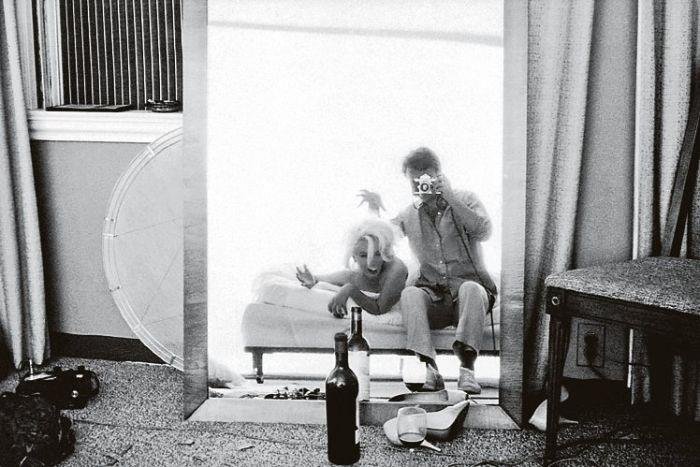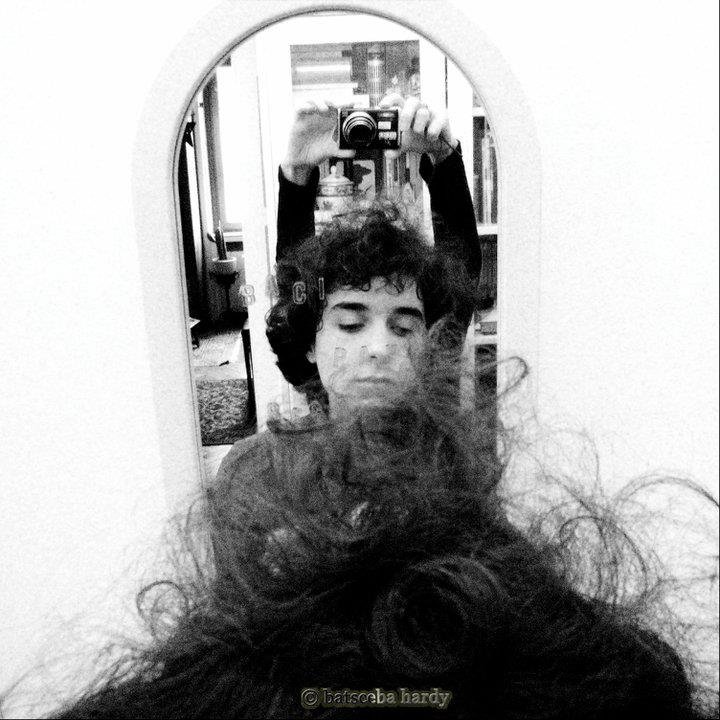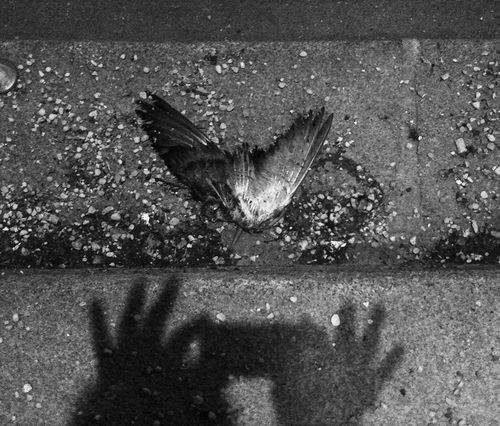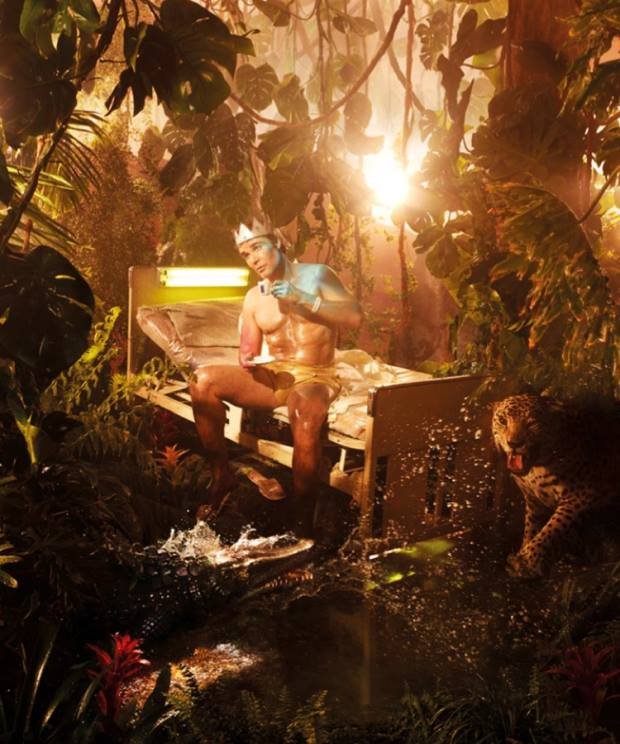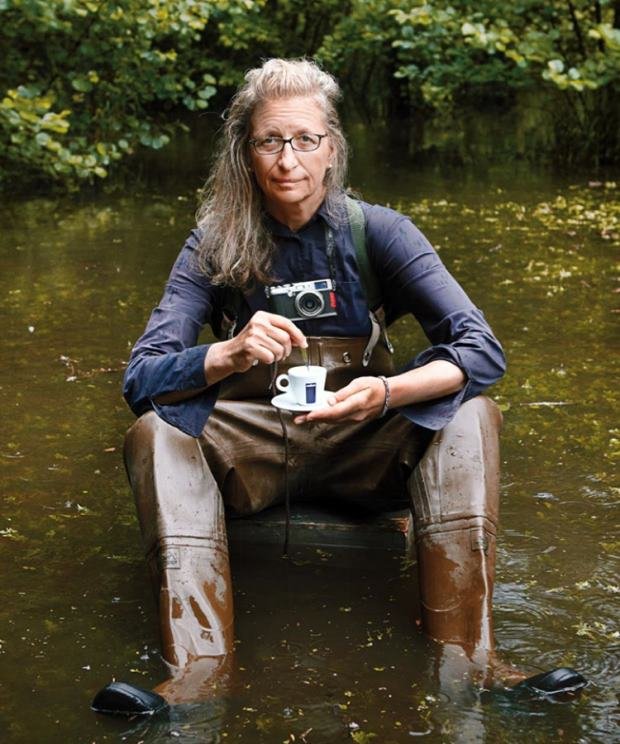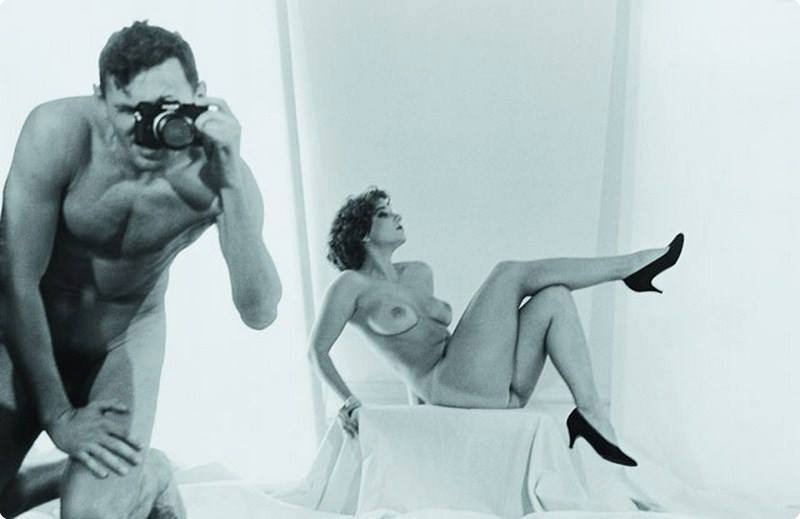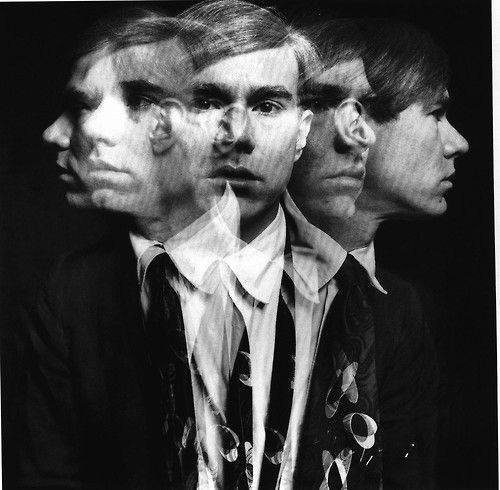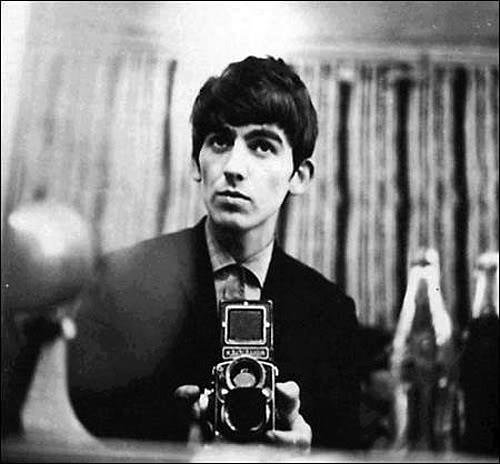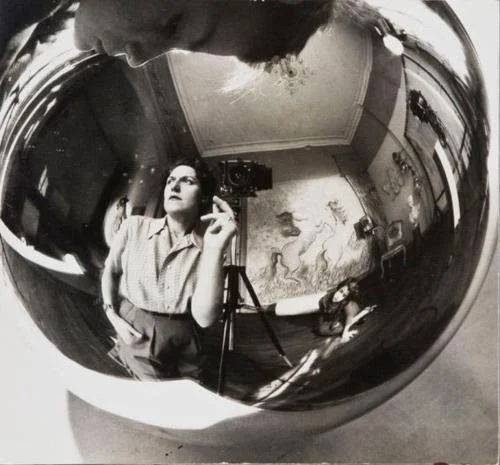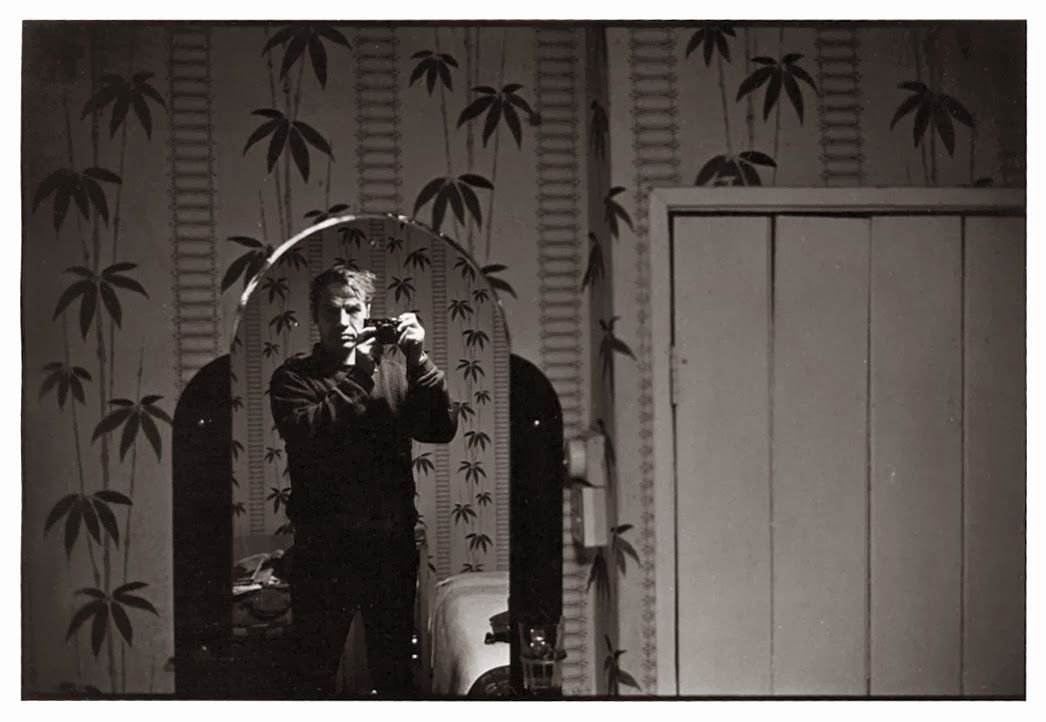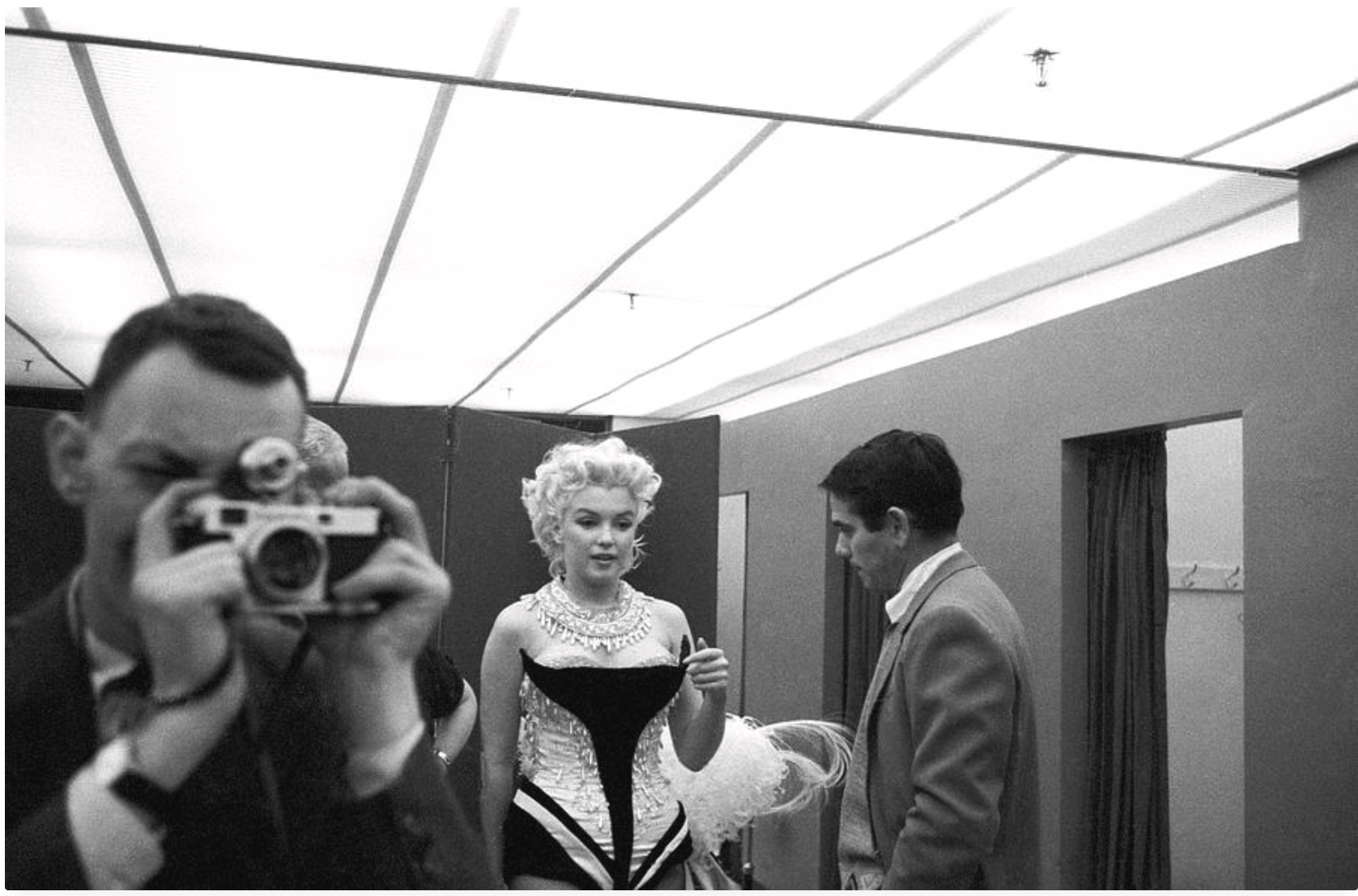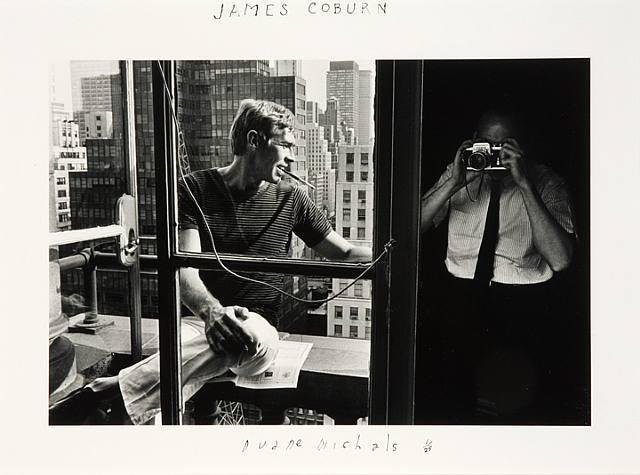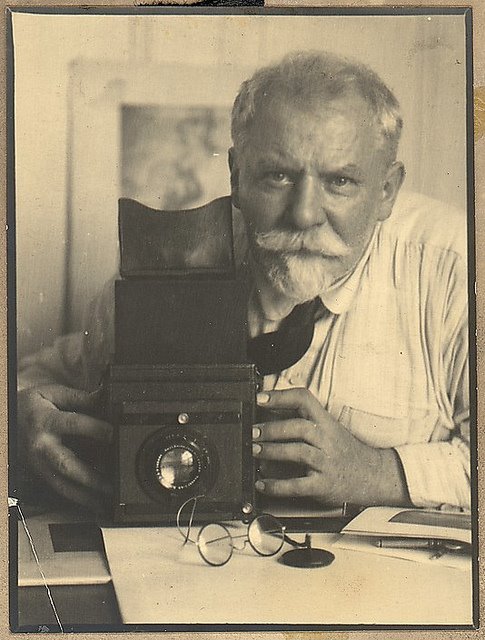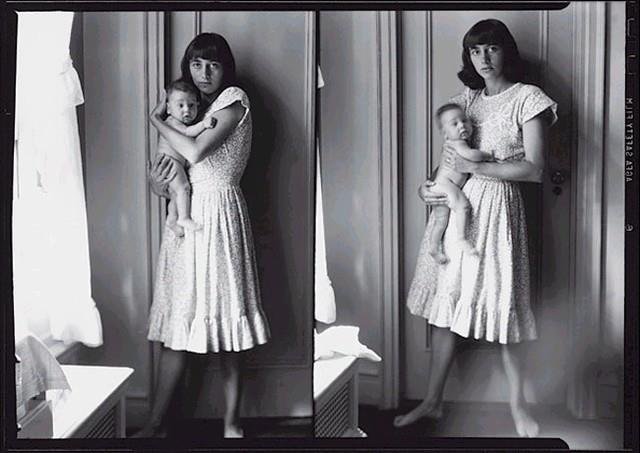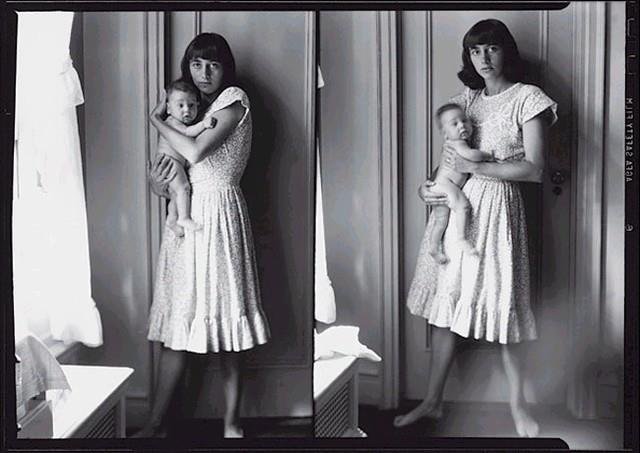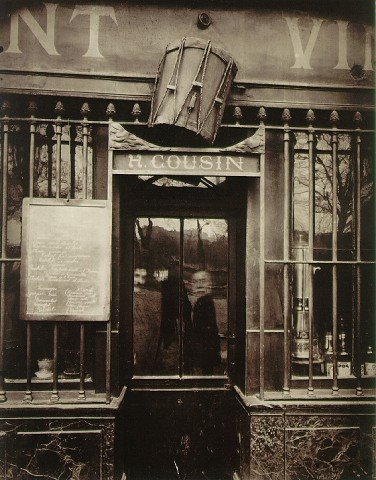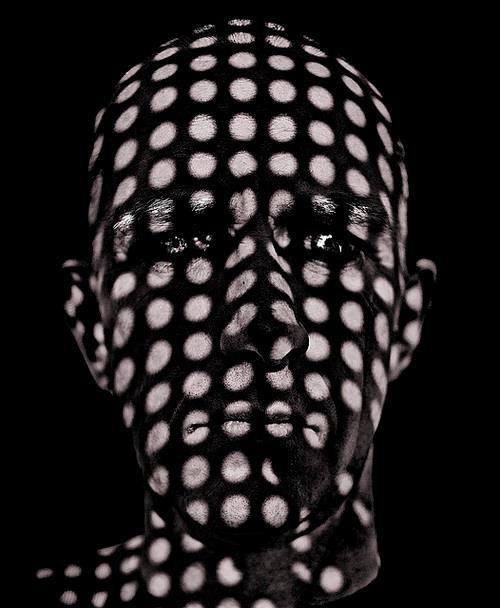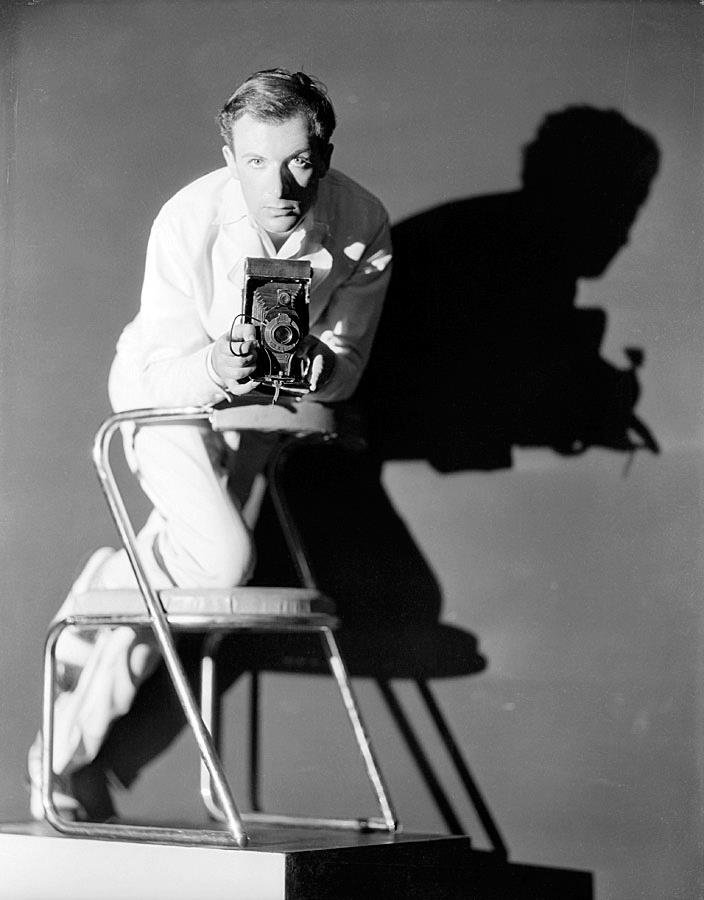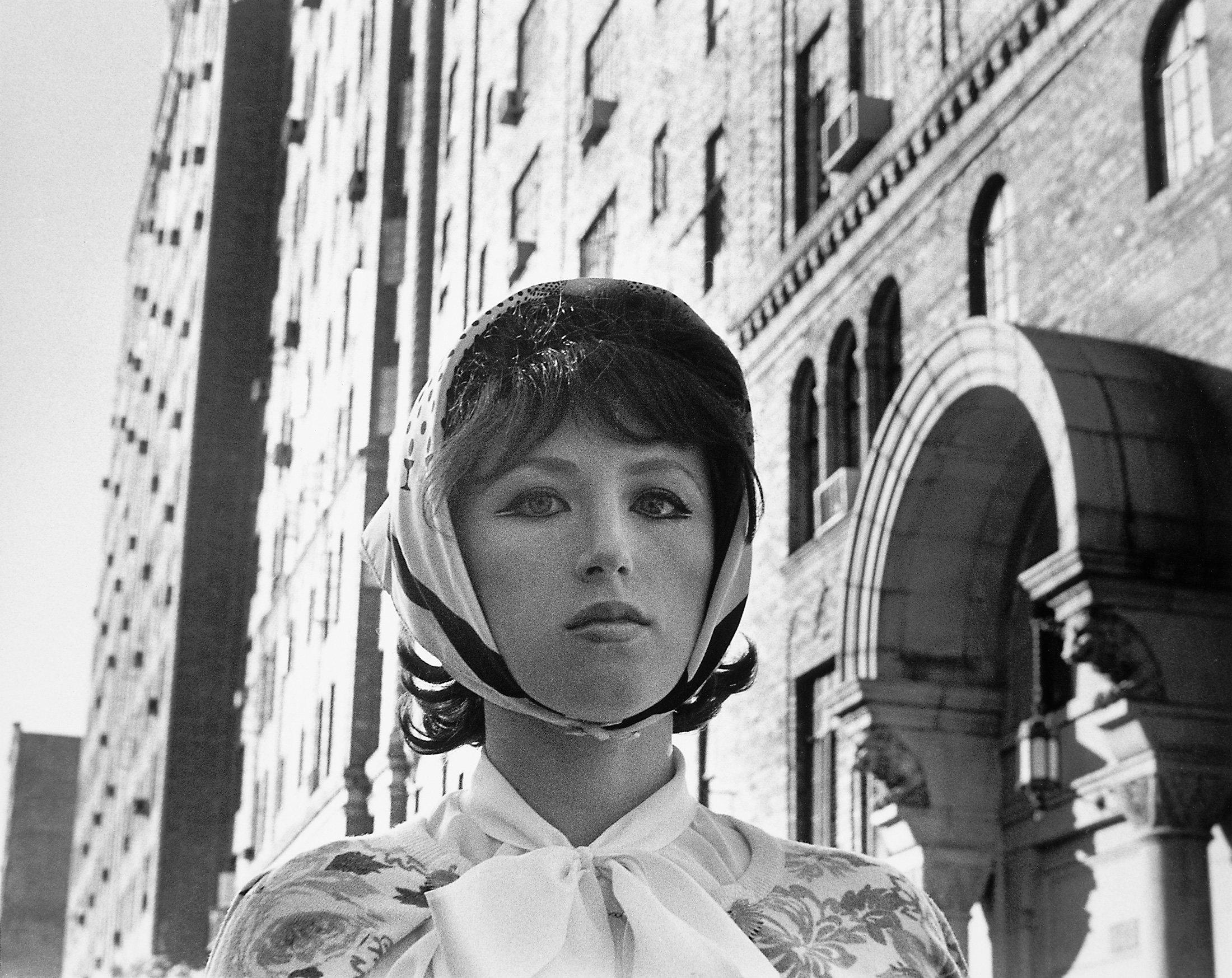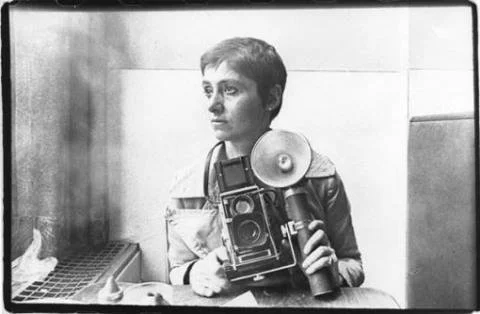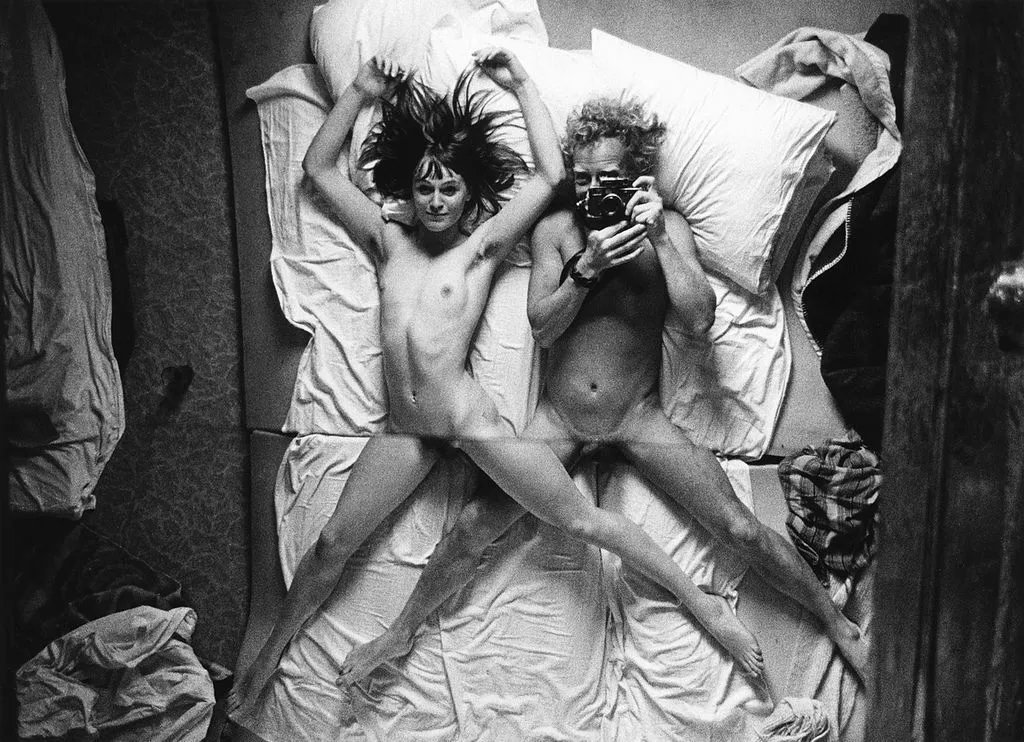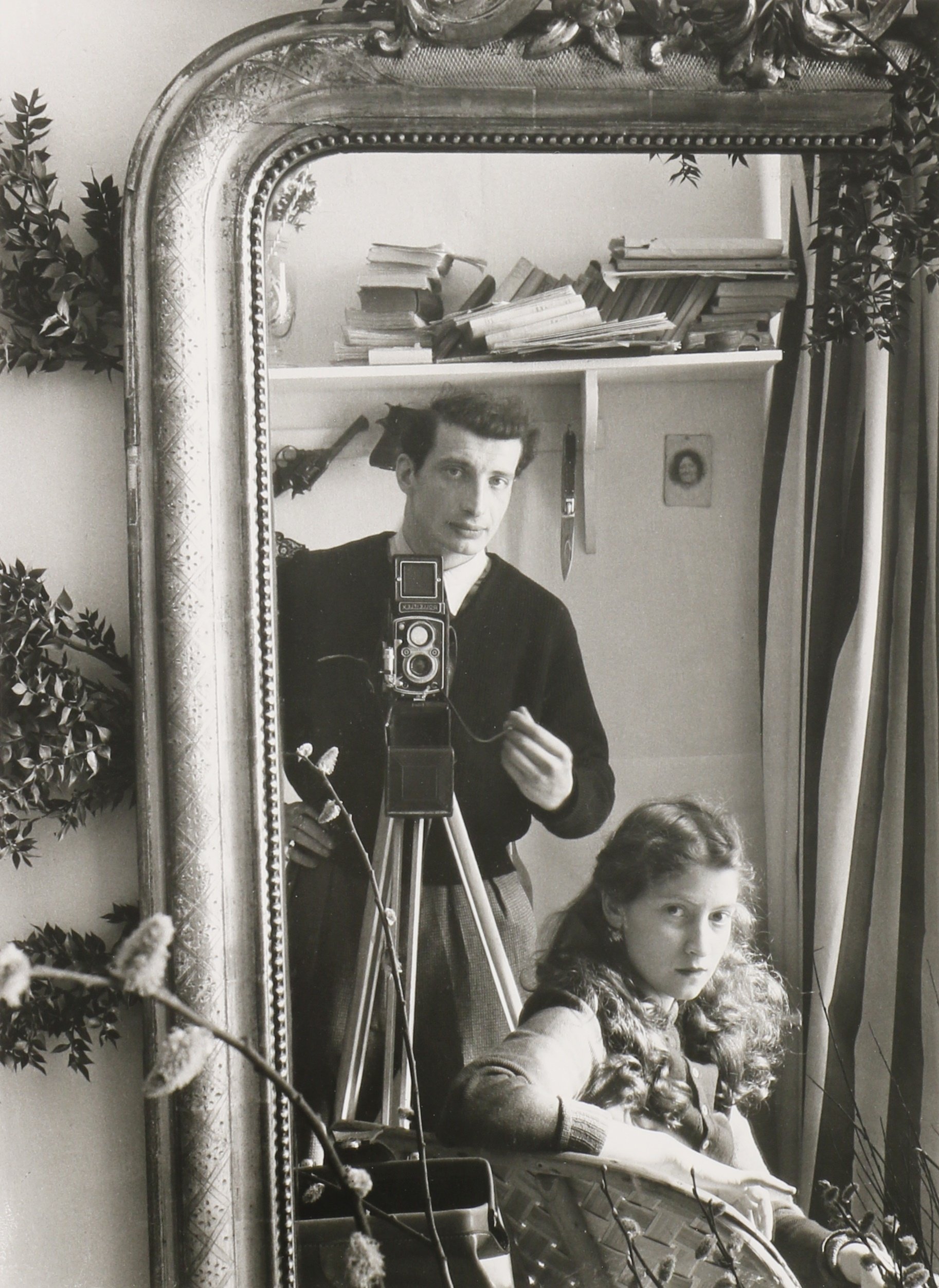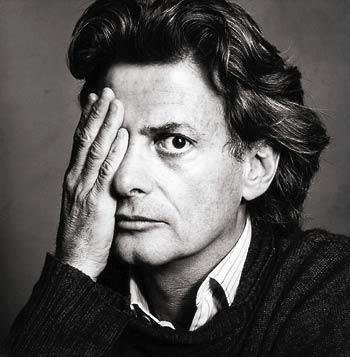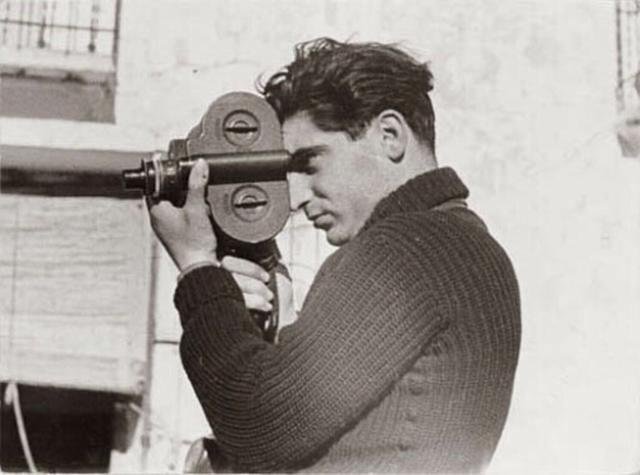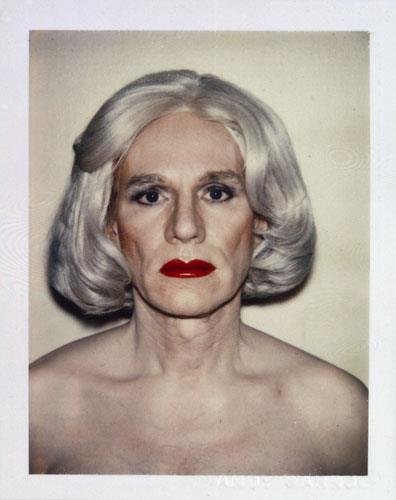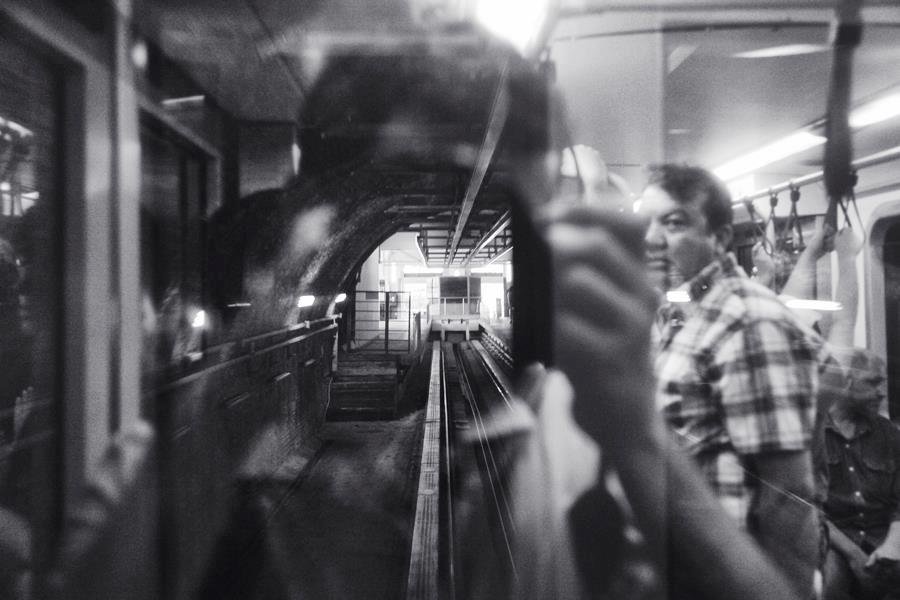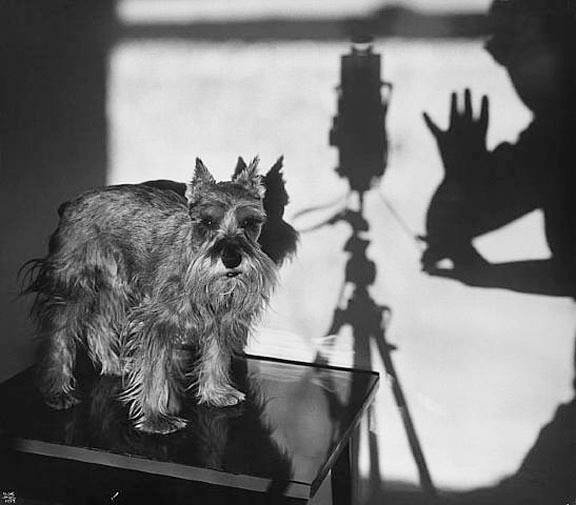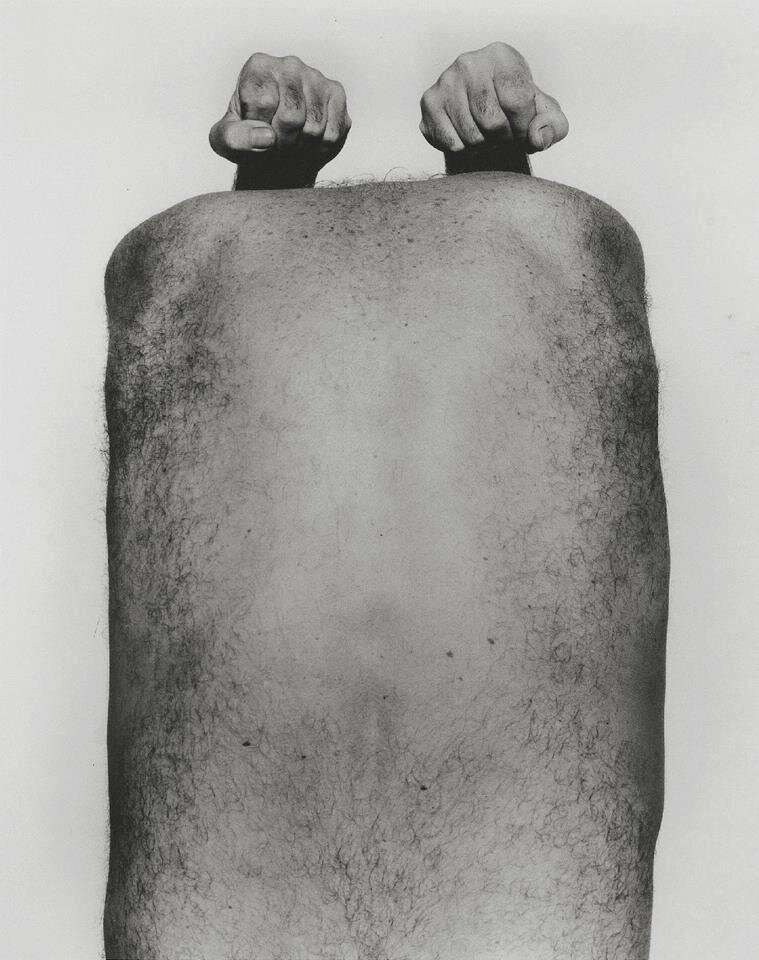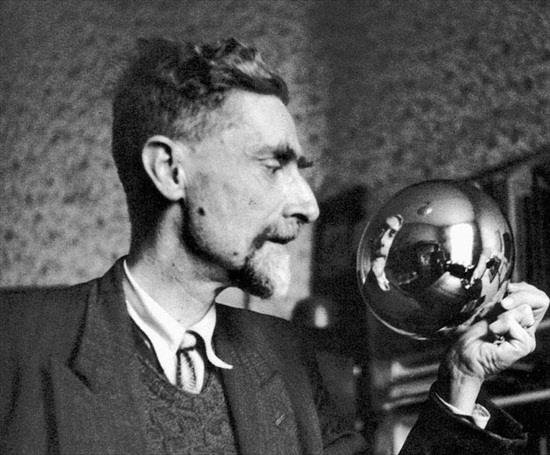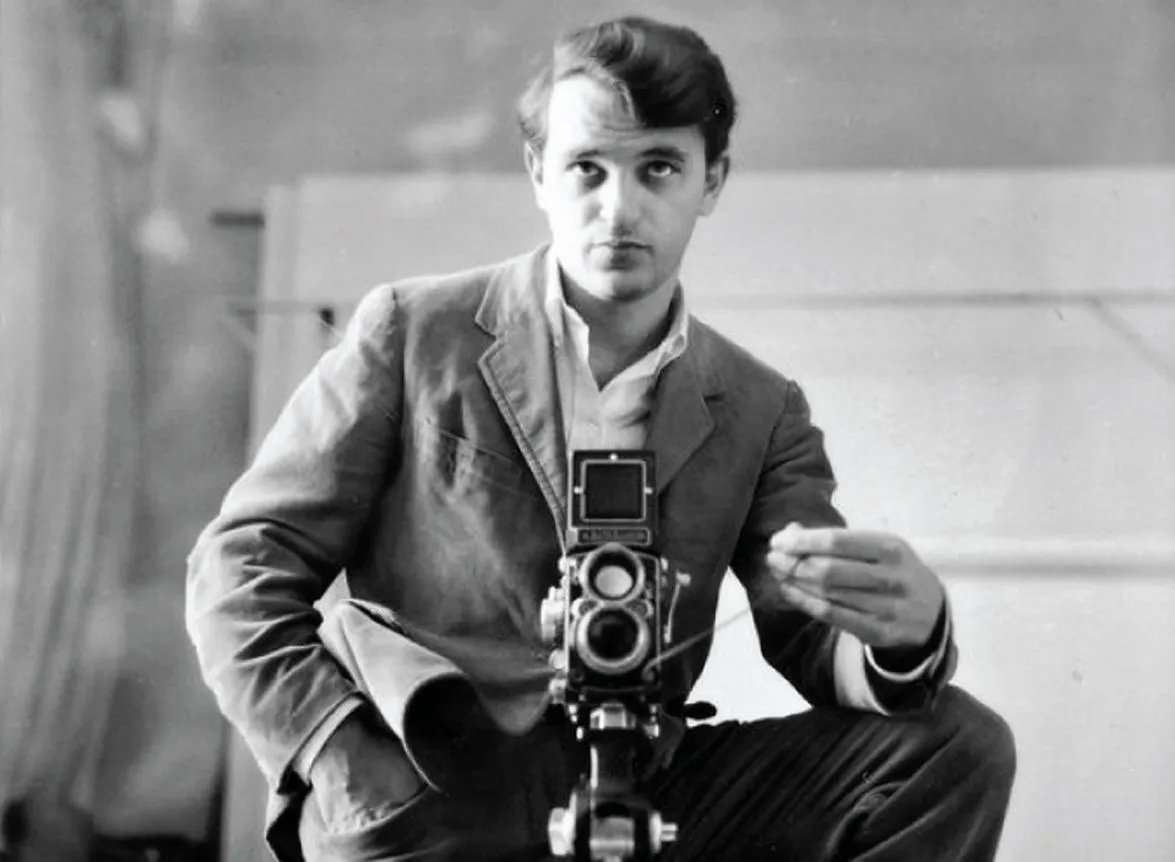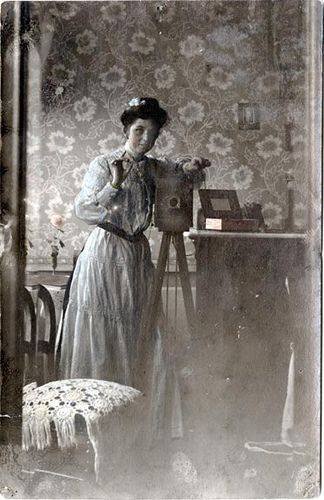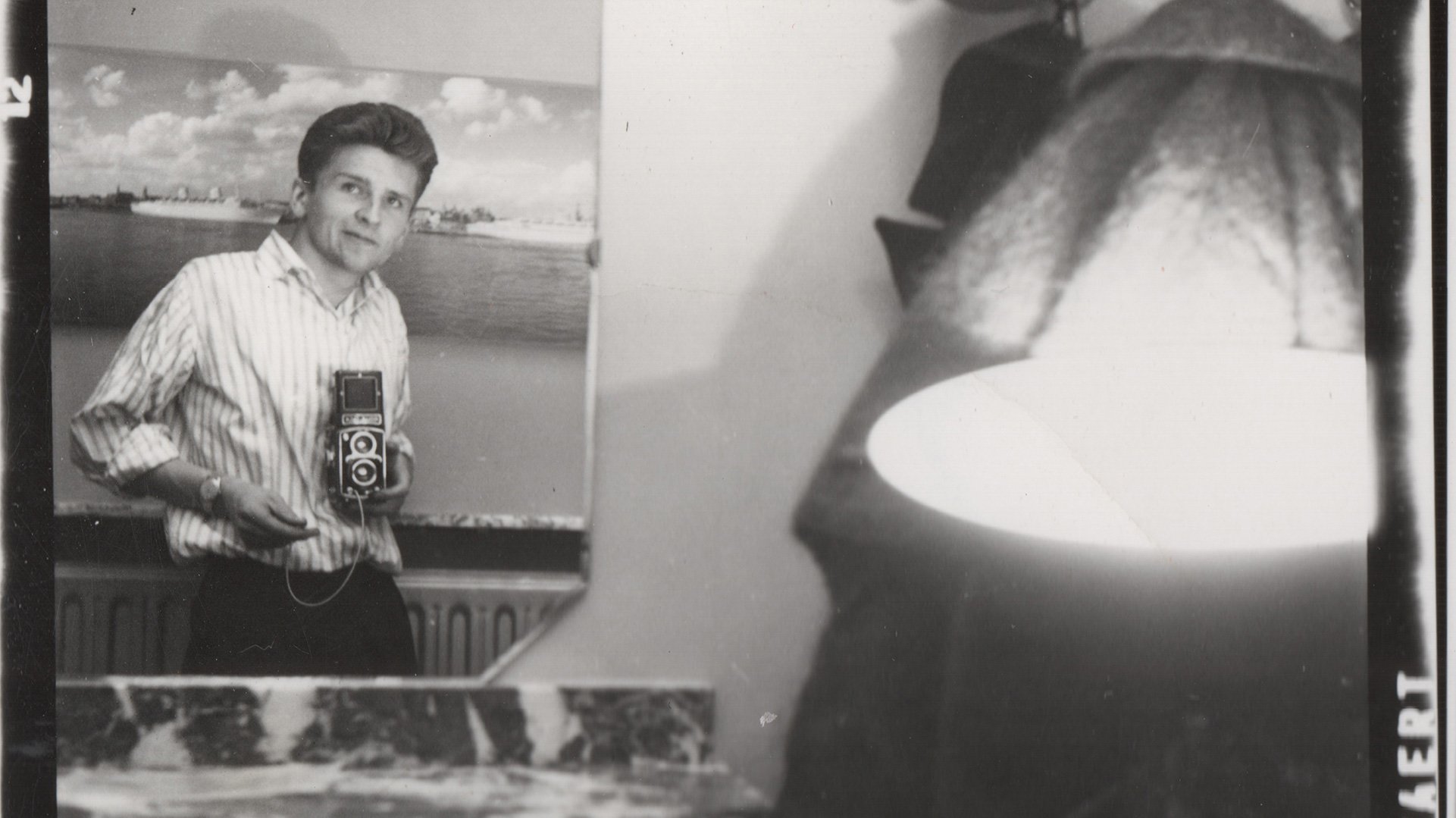In October of 1839, the 30-year-old Robert Cornelius mounted his camera in the back of the store in Center City, Philadelphia family lamps. When all was ready, he took off his cap and barged in front of the goal, where he remained motionless for about a minute, producing what is considered the first photographic portrait (self) in history.
There is a specific section dedicated to self-portrait projects created by photographers.
Progressive has launched a new project showcasing self-portraits by various famous photographers. Self-portraits have always been a fascinating subject for us.
[Unlike our previous challenge and the magazine we created, this project will not take place on the streets.]
This claustrophobic series reveals something about Ximena, the author. Her images are theatrically expressionist, emphasizing strong emotions and dramatic gestures.
In this project Hardy seems to want to introduce herself, where she didn't come from.
It's as if the artist is taking a leap into her soul to show it to the world and communicate her unique and personal perspective.
This project by Coordes was created to document her suffering from sudden migraines, but it turned out to be therapeutic, as she explains: “When you become your own observer through the eye of the camera, you are gaining a new perspective on yourself. You may see yourself in a new light. You may even develop more compassion for yourself. And this can be a cathartic experience.”
Dressel's selves are a game of disguise, stagings that tell even without revealing. The act of camouflage is liberating.
The drama series created by Gill explores the topic of self-portraiture in relation to mental disorders. Throughout art history, numerous examples of artists have created self-portraits for dealing with mental health issues. One famous example is Egon Schiele. There are many written works discussing the benefits of self-portraiture as a form of therapy for mental health. In this series, Gill uses self-portraits as a way to convey the discomfort experienced by individuals struggling with mental disorders.
Photography has become a meaningful way for me to capture moments and express my inner thoughts. After graduation, while seeking stability in my professional life, I travelled extensively with friends, gaining diverse experiences. This period led me to embrace photography as a means of expressing and processing my emotions. I chose to create self-portraits because they are the best way for me to communicate with myself. They help make being alone less lonely and allow me to get to know myself better. These self-portraits inadvertently capture different moments of my appearance, and they also serve as a visual diary.
Margarita creates self-portraits that reveal her inner world, mainly for her own benefit. She uses her home as a space to tell a story, often incorporating her double image. Sometimes, her perspective reminds me of Duane Michals, but with a uniquely feminine touch that carries the same emotional intensity.
Paul Kessel was also drawn to the self-portrait genre due to the pandemic. Although he had previously explored this topic, he had not done so as a project before. This series, in which the photographer humanizes the fake world that surrounds us, is – in a certain sense – funny and self-deprecating. Who knows if his training as a clinical psychologist played a part in this mini-representation?
My first camera was an Asahi Pentax given to me by my mother when I was 17 in 1968. One of the initial shots I took was a self-portrait in my parents' room, wearing a blue sweater which I still vividly remember. From that moment on, I began my photographic journey, capturing the intricate details and shadows of the world around me. I remember my first enlarger, which was round, and the first time I created a rayograph. While I never enjoyed taking portraits, I preferred capturing candid photographs of people in their natural state, capturing their expressions and moments. I even took photographs of my friends and family. I made a series of self-portraits that were actually true stories. I prepared the staging for each photo and used a remote control to take the shots of myself, sometimes with makeup on and sometimes without, often naked. I then worked on the photos by creating collages. In this regard, regarding disguise, I am reminded of Cindy Sherman's photographs.
During those days, narcissism was not a common topic and it was not considered a prevalent issue. People didn't talk much about self-promotion or self-centeredness either. For photographers, taking pictures of oneself mostly involved trying out different techniques and lighting setups to improve their craft. It was possible to express oneself and bare one's own soul through art, as seen in the works of Francesca Woodman and Nan Goldin's self-portrait with a black eye.
In 1978, during my performance called "Punto di Vista del Gioco", I used a photo of myself wearing beauty cream on my face with my hair pulled back, which was supposed to accentuate my worst appearance. However, a critic who participated in the performance interpreted the image as a reflection of a disruptive personality and a kind of exaltation of beauty. In short, it was viewed as a "narcissistic" image. During the performance, I had left only traces of my life, my dreams, and myself. I only appeared at the end, waving from the balcony like a red Marilyn Monroe.
However, expressing oneself through art always carries the risk of being accused of narcissism. Sometimes, the relentless use of one's own image only showcases the artist's fragility and difficulty in fitting into the external reality. In a word, it is uncomfortable. The market often engulfs and distorts the starting point, using the artist for its own purposes. The suicide of American photographer Francesca Woodman (1958-1981) is emblematic.
Every artist, by definition, seeks to express themselves through their chosen medium. Whether it's a painter, a photographer, or a writer, their work is an extension of their innermost thoughts and feelings, a reflection of who they are. Even when they create characters or tell stories that seem to be completely unrelated to their own lives, they are still drawing on their own experiences and perspectives. For instance, it's rare to find a painter who has never created a self-portrait or a photographer who has never taken a self-portrait. Similarly, writers often use their own lives as inspiration for their work, even if they disguise it through the use of characters and plot twists. Ultimately, every artist's work is a glimpse into their soul, a way of communicating their unique perspective with the world.
In ancient art, there are self-portraits of famous painters such as Raphael, Leonardo, Signorelli, and Beato Angelico. Some of them even appear in the middle of their own paintings. With Rembrandt, you can see the story of the artist's life through his self-portraits. He doesn't hesitate to show himself as a young and successful man, as well as an older, bitter one. Renato Guttuso smoking furiously and Salvador Dali with the palette of a Renaissance Seraphic are both witnesses of their own time.
Contemporary art has been heavily influenced by photography and cinema, which is evident in works such as Lucian Freud's violent self-portraits and David Hockney's self-portrait with Red Suspenders. This art form reveals the truth without any filters and is often a reflection of the present time. It is like a mirror that reflects our stories and the era we live in, with a hint of irony.
Figurative narcissism is distinct from conceit or neurotic disease. It involves an inner need, and we must be cautious not to transform it into a superficial "athletic" proposal of appearing a certain way, as is happening in today's consumer culture. In a self-portrait, an artist depicts themselves as they desire to be seen, revealing something deeply personal that they may be unable to articulate through words. For instance, I am reminded of the stunning self-portraits captured by the American photographer, Diane Arbus (1923-1971) holding her daughter, Doon, in her arms. It is worth noting that Doon has continued to display immense love for her mother through various posthumous publications and exhibitions.
And speaking of street photographers I cannot but recall the self-portrait of Daido Moriyama: Self- Portrait with Dogs, 1997
However, since the year 2000, things have changed. The self-portrait has vanished, making way for the selfie. Unfortunately, selfies only glorify one's appearance without any real substance or depth. In contrast to a selfie, a self-portrait is a beautiful photograph that reflects the personality of the author. Capturing a good self-portrait is challenging, but when achieved, it reveals something significant about the photographer.
Batsceba Hardy
Here is a collection of self-portraits, featuring both well-known and lesser-known artists. The portraits are presented without any particular order or commentary:
Andreas Feininger 1946
Astrid Kirchherr
Astrid Kirchherr & Stuart Sutcliffe
Astrid Kirchherr with Stuart Sutcliffe
Brassaï (Gyula Halasz) -Self-portrait in an Opium Den-1931
Fred Herzog 1961
Gordon Parks, 1941
Esther Bubley
John Collins - Self Portrait, Frame-in-Frame, 1935
Stanley Kubrick
Gosia Janik
N. Jay Jaffee, 1979
ANDRÉ KERTÉSZ
Mark Guider
Ellen Auerbach: Selbstauslöser (Retardateur), 1930
Irving Penn
Arthur Rimbaud, Self-portrait, in a garden of banana trees, 1883
Cecil Beaton
Wally Elenbaas - Autoportrait, 1938
Arno Rafael Minkkinen- Self Portrait With Laurence
Yves Tanguy Selfportrait in a Photobooth, c. 1929 Gelatin silver print
It was snapped by an Australian flying ace named Thomas Baker when he was 20 years old in 1917
Brassaï
Ergy Landau, « Autoportrait » , 1932, Collection APH, Courtesy C. Bouqueret, Paris © Ergy Landau _ Rapho
Eva Besnyö
Fabio Balestra
Gerhard Richter, Self-Portrait, Three Times, 24.1.90, Oil on photograph, 50 x 50, Tate collection, London
NAN GOLDIN self-portrait, 1999
Rogi André, 1930
William Eggleston- Huntsville, Alabama, 1971
Markert Brittany
Ilse Bing with Staccato · 1947
Robert Doisneau, Self Portrait, 1947
Christer Strömholm, Self Portrait with model
Stephanie Eckermann “Self portrait” (2011) from the “Water” series
Nadar
Max Dupain- Self-portrait 1935
Lina Scheynius
Danny Lyon
Ansel Adams
Florence Henri 1938
Inge Morath
Allen Ginsberg, 1985
Erwin Olaf- Lavazza Calendar 2012, January
Paul McCartney
Thierry L e Goues-Lavazza Calendar 2012, February
William Eggleston, Self-Portrait in a Photo Booth, ca. 1975
Jun Ahn (Christophe Guye galerie) Self-portrait, 2008
Stanley Kubrick, Rosemary Williams showgirl with self portrait, 1949
Inge Morath
André Kertész, Self-portrait, 1927
Belgian painter Henri Evenepoel took a selfie, 1898
An early Edwardian woman in 1900 with a Kodak Brownie box camera
Irving Penn
Yul Brynner - Self-portrait with Ingrid Bergman, 1961
Bill Brandt
Diane Arbus
Francesc Català-Roca
Edward-Steichen - The print is heavily manipulated by Steichen, as much painting as photograph
Devilish - Photographer which was uploaded on January 22nd, 2013.
Lee Friedlander Route 9W, New York, 1969
Manolo L B Mantero
Gosia Janik
Arnold Newman, Baltimore
Andy Warhol- self-portrait with polaroid-camera, 19791
Claude Cahun, « Autoportrait » , 1927, Musée des Beaux-Arts de Nantes, © RMN_Gérard Blot
Andy Warhol with film camera, ca 1977 -Possible Self-Portrait
John Goldsmith
Man Ray, Self-Portrait, 1932/printed after 1960. Courtesy Smithsonian American Art Museum
Manolo L B Mantero useless self portrait no 84
Cecil Beaton, Mick Jagger and Anita Pallenberg
Edouard Boubat
Robert Mapplethorpe, 1980
Robert Capa photographs John Steinbeck, U.S.S.R., 1947
Carol Jerrems
Daniel Kramer & Bob Dylan
Paul Citroën, Self-Portrait with camera, 1932
David Bailey
Markert Brittany
Eva Besnyö, self portrait-1932
František Drtikol 1930
Stanley Kubrick
Katherine Jane Wood
Sally Mann
Sarah Maple
Nadar autoportrait avec mme Nadar et Paul Nadar, épreuve à l'albumine
Edward-Steichen
Vivian Maier
Lina Scheynius
Self Portrait of Photgraphers in their Studio, 1890
Yul Brynner
Carol Jerrems - Mirror with a memory: motel room. 1977
Francesca Woodman, Roma-1977-78
Henri Cartier Bresson
Leisha Hailey and ® Jennifer Beals
Claude Cahun (1928)
Grete Stern-1980s
Peter Basch and Julie Newmar, "Lil Abner," New York, c. 1960
Harold Cazneau who took this selfie in 1910
Markert Brittany
Daido Moriyama Self Portrait with Dogs, 1997
Eve Arnold, Self-Portrait in a Distorted Mirror, 42nd Street, New York, 1950
Saul Leiter: Untitled, 1950er
The Halsmans
Ilse Bing. New York, The Elevated, and Me, 1936
Young woman taking a photographic self portrait in Tallahassee, Florida, ca. 1900
Graham Nash by Graham Nash
Sue Ford
László Moholy-Nagy
Fred Boissonnas, « Selbstporträt mit Kamera » , 1900, Archiv Borel-Boissonnas © Fred Boissonnas. Archives Borel-Boissonnas
Marino Parisotto- Lavazza Calensar 2012, April
Weegee (aka Arthur Fellig)
Grit Kallin-Fischer, Self portrait with cigarette, c. 1928
Jeanloup Sieff
Abe Frajndlich
Old ...
André Kertész - Elizabeth and me in a Montparnasse café, 1931
Man Ray Autoportrait Au Nu Mort
Edward Steichen in studio, New-York-1929
Sibylle Bergemann
Imogen Cunningham, « Self-Portrait with Korona View » , 1933 © The Imogen Cunningham Trust _
Yousuf Karsh
Marianne Brandt - Autoportrait, 1928-1929
Anton Josef Trčka (Antios) 1926
Anton Josef Trčka (Antios) 1916 https://unregardoblique.com/tag/glass-ball/
Lee Friedlander
Ed van der Elsken - Selfportrait, 1954
Willy Ronis-Self-portrait with flash, 1951
Ilse Bing, Self-portrait with staccato, NY, 1967
Fabio Balestra
Hugues Erre
Maurice Tabard Self-Portrait, Juan-les-Pins 1936
Eva Besnyo, 1931
Burt Glinn - Self-portrait with a Friend, Tahiti, 1960
Jeanloup Sieff
Robert Mapplethorpe
Possibly the oldest selfie in existence was taken by an early Edwardian woman in 1900 with a Kodak Brownie box camera.
Carol Jerrems.
Vivian Maier
Jacques Henri Lartigues- Solange David, Paris, December 1929
Edouard Boubat with Juliette Binoche
Germaine Krull, « Selbstporträt mit Ikarette », 1925, Sammlung Ann und Jürgen Wilde, Zülpich © Estate Germaine Krull, Museum Folkwang, Essen. Courtesy -
Émil Otto Hoppé- Self-portrait,Londres, 1925
Erwin Blumenfeld
Didier Cozin
Lee Friedlander, 1997
Alex Coghe
Frank Oscar Larson
Lee Miller (1907–1977); Self Portrait, c.1930; Gelatin silver print; 3 ½ x 2 1/8 in. (9.0 x 5.2 cm); Lee Miller Archives, Sussex, England; © Lee Miller Archives, England 2011. All rights reserved.
Francesc Catala Roca
Nan Goldin, Self-portrait in the mirror, Hotel Baur, Zürich, 1998
Dziga Vertov
Johan Van Der Keuken - johan et ysbrant, 1955
Brett Walker: self portrait smoking in the bathtub
It was snapped by an Australian flying ace named Thomas Baker when he was 20 years old in 1917
Markert Brittany
Nan Goldin, Self-portrait on the train
Nan Goldin. “Self portrait in kimono with Brian”. Nova York , 1983
Olive Cotton- The Photographer's Shadow c1935 ( The image shows Olive's shadow superimposed over Max Dupain)
Erwin Blumenfeld, 1932
Florence Henri, « Selbstporträt » , 1928, Neuabzug 1974, Archiv Florence Henri, Galleria Martini & Ronchetti, Genua © Martini & Ronchetti, Genoa, Italy
Edward Steichen
Robert Mapplethorpe with Patti Smith
Martin Munkacsi
Andreas Feininger
El lissitzky, Self-Portrait, 1923
Andy Warhol
Weegee (aka Arthur Fellig)
Claude Cahun Que me veux-tu? (What do you want from me?), double self-portrait, 1929
Ilse Bing in the mirror with Leica ·1931
Arno Rafael Minkkinen Self portrait with Daniel, Andover, Massachusetts, 1983
Weegee, Self-portrait, 1950
SAUL LEITER
Ed Feingersh and M.M.
SAUL LEITER
1880
Edward Weston
Nan Goldin 1988
Mick Jagger and Cecil Beaton self-portrait with man
Richard Avedon e Sophia Loren
Herb Ritts,
James Van Der Zee 1918
Bernard Chevalier
André Kertész, with Rogi André and a friend, hôtel des terrasses, Paris, 1926
Francesca Woodman
Stanley Kubrick 1946
Alfred Eisenstaedt
Peter Keetman, Self-Portrait with Camera, ca 1950
Ralph Eugene Meatyard
Richard Avedon, Utah, 1980
Guido Mangold Selbstportrait zu zweit, 1961
Alain Nogues 1969
Robert Rauschenberg, Self-portrait, 1954
Irving Penn
Ruth Harriet Louise
Jeff Wall Double Self portrait
Ilse Bing
Vivian Maier
Émil Otto Hoppé- Self-portrait,Londres, 1925
Andy Warhol 79
Robert Mapplethorpe, 1988
Addison N. Scurlock
Jeanloup Sieff, 1960
Self portrait with son, 2012. Cynthia Henebry
René Groebli "The Eye of Love", a photographic dear poem, a work of fully timeless poetry
Carol Jerrems
George Simpson Millar en Egypte – 1915
Hippolyte Bayard, Autoportrait en noyé_Self Portrait as a Drowned Man, 1840
Lewis Hine
Dennis Hopper
Jeanloup Sieff
Rineke Dijkstra “Self Portrait, Marnixbad, Amsterdam, Netherlands, June 19, 1991”
Cindy Sherman
Bert Stern with M.M. Stern captures himself and Monroe on camera during the session that became known as "The Last Sitting" after her death a few weeks later on August 5, 1962
invisible self-portrait with a woman
Hannah Höch, Self-Portrait with Raoul Hausmann, ca 1919 -
Bernard Chevalier
La Princesse Russe Anastasia Nikolaevna – 1914
David Lachapelle-Lavazza Calendar 2012, November
Kourtney Roy
Lee Friedlander
Annie Leibovitz- Lavazza Calendar September 2012
John Gutmann 1934
Ed Van Der Elsken
Elliott Erwitt; Self-portrait. USA. New York City. 1998
Man Ray with Meret Oppenheim, c.1933
STEFAN LUPINO
Self Portrait (1980) by Andy Warhol
Sarah Lucas
1900
Ilse Bing My first photograph, Frankfort Date- 1913 (printed 1988)
Rodney Smith
George Harrison
Lotte Jacobi, « Autoportrait » , 1937, Fotografische Sammlung im Museum Folkwang, Essen © The Lotte Jacobi Collection
Ed Van Der Elsken, Self-portrait with Ata Kandó, Paris, 1953
Ilse Bing, Self-Portrait in Mirrors, 1931. Courtesy Edwynn Houk Gallery
Annemarie Heinrich / Self-portrait with Children
William Gedney
Bert Stern, with Marilyn Monroe
Ed Feingersh and M.M.
Arno Rafael Minkkinen
Duane Michals with James Coburn
German fraternity mirror selfie, 1912
Robert Mapplethorpe with the cover of Horses by Patti Smith
Frank Eugene Smith
Duane Arbus
“Self-portrait with hydroglider” by Jacques Henri Lartigue, Paris, 1904
Alfred Stieglitz
Andreas Feininger, Self-portrait, 1946
Annie Leibovitz
Eugène Atget
Brassaï
Marianne Breslauer
Brett Walker
Henri Cartier Bresson
Cecil Beaton
Cindy Sherman
Claude Cahun, « Frontière humaine », publiée dans la revue « Bifur » , n°5, avril 1930
Diane Arbus
Ed Van Der Elsken
Edouard Boubat with Lella
Edouard Boubat
Edouard Boubat 1948
Edward Steichen
Elliott Erwitt, Self Portrait, California. 1976
Erich Hartmann, Self-portrait, New York, 1975
Eva Besnyö
Frank Horvat, Self-portrait, 1956, Paris
Franz Hubmann, Self-portrait, 1960
Gordon Parks
HELMUT-NEWTON-autoportrait-1973
Imogen Cunningham, « Self-Portrait, Grass Valley 2 » , 1946 © 1946, 2011 The Imogen Cunningham Trust
John Gutmann Self-portrait, Looking at North Beach and Bay San Francisco, 1934.jpeg
Kurt Kranz 1931
Laurel Holloman and Jennifer Beals
Lee Miller, Self Portrait in Headband, New York, 1932, © Lee Miller Archives, England 2008, All rights reserved.
Lotte Jacobi, « Autoportrait » , 1937, Fotografische Sammlung im Museum Folkwang, Essen © The Lotte Jacobi Collection
Nan Goldin, Self-Portrait in blue bathroom, London, 1980.
Nan Goldin, Self-portrait in the mirror, Hotel Baur, Zürich, 1998. Courtesy iCollector
Richard Avedon, New-York-ca-1963
Richard Avedon
Robert Capa
Rogi André 1935
Tom Palumbo and his wife Anne St. Marie
Valeria Lazareva
Andy Warhol-in-drag-polaroid
Abe Frajndlich
Arno Rafael Minkkinen self-time portraits of his own body. They're all unmanipulated.
Celil Sezer
Eva Besnyö
Hanna Höch- Self portrait with her cat, 1926
Helmut Schadt
Ilse Bing - Self Portrait (three-quarter showing cord release), 1945
Ilse Bing Self-Portrait with Staccato · 1947
John Coplans; Self Portrait- Back with Arms Above, 1984
Maurits Cornelis Escher
Mike Brodie AKA "The Polaroid Kidd" Self Portrait with a friend
naked truth © Batsceba Hardy
Ré Soupault, Self Portrait, 1939 Tunisi
Sibylle Bergemann
Yul Brynner photographing Ingrid Bergman
Bern Stern
A young woman in a tinted blue dress and her camera are reflected in a large mirror, ca. 1900s
Florence Henri, Self Portrait, 1928
German fraternity mirror selfie, 1912
Grete Stern, Self-Portrait with flower 1935
Man Ray, Self Portrait as a Fashion Photographer, 1936
Robert Rauchenberg - circa 1950
self portrait 1952 c. SAUL LEITER
1910: A man experiments with his camera
Duane Michals | Self-Portrait as If I Were Dead (1968 ...
Keef Charles
Ray Francis
Harry Gruyaert 1941













